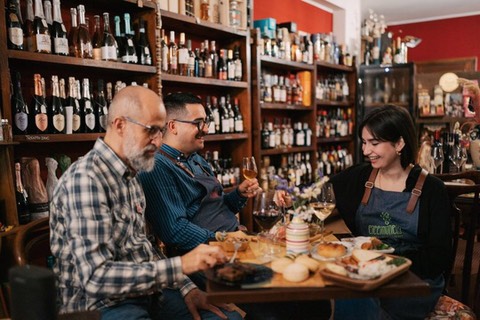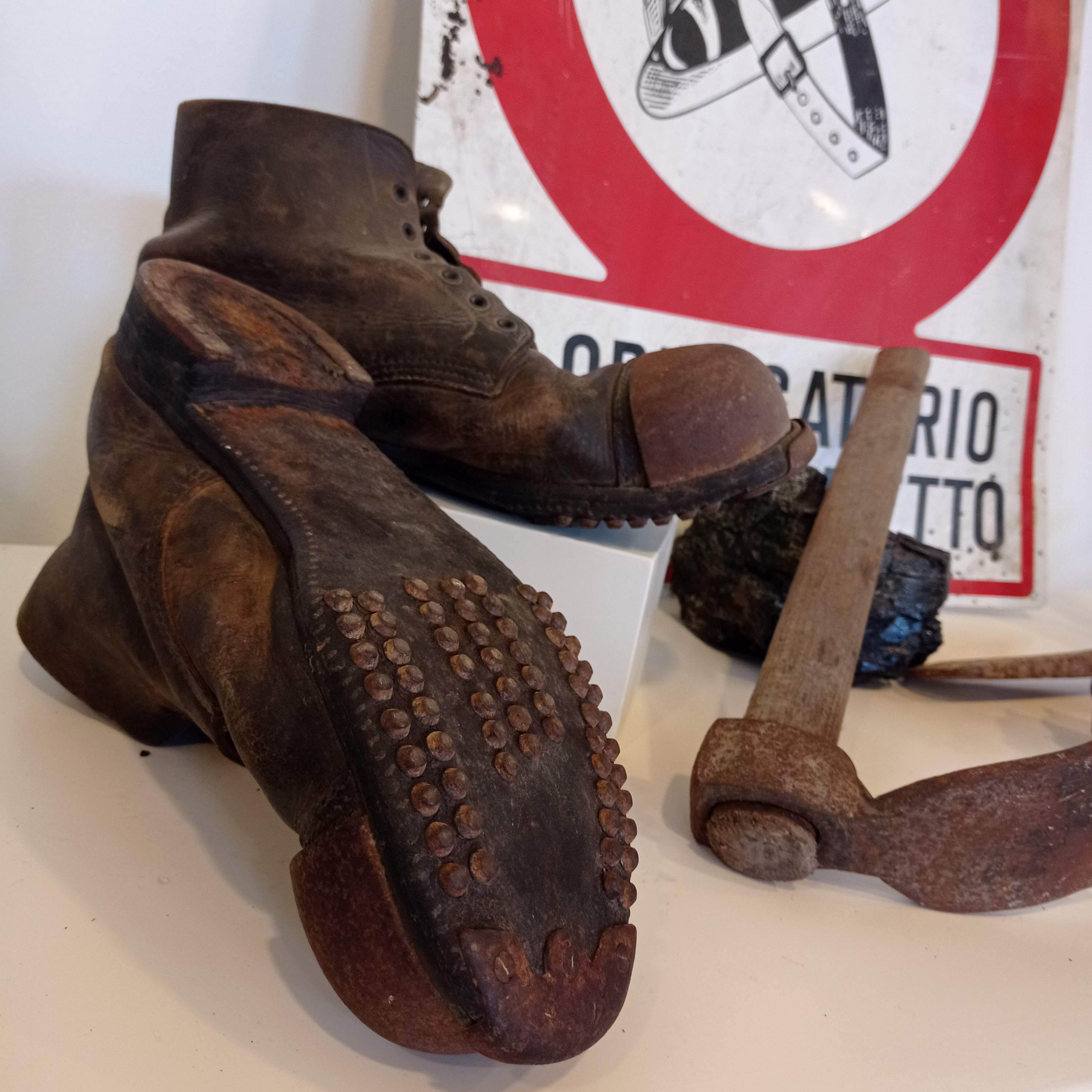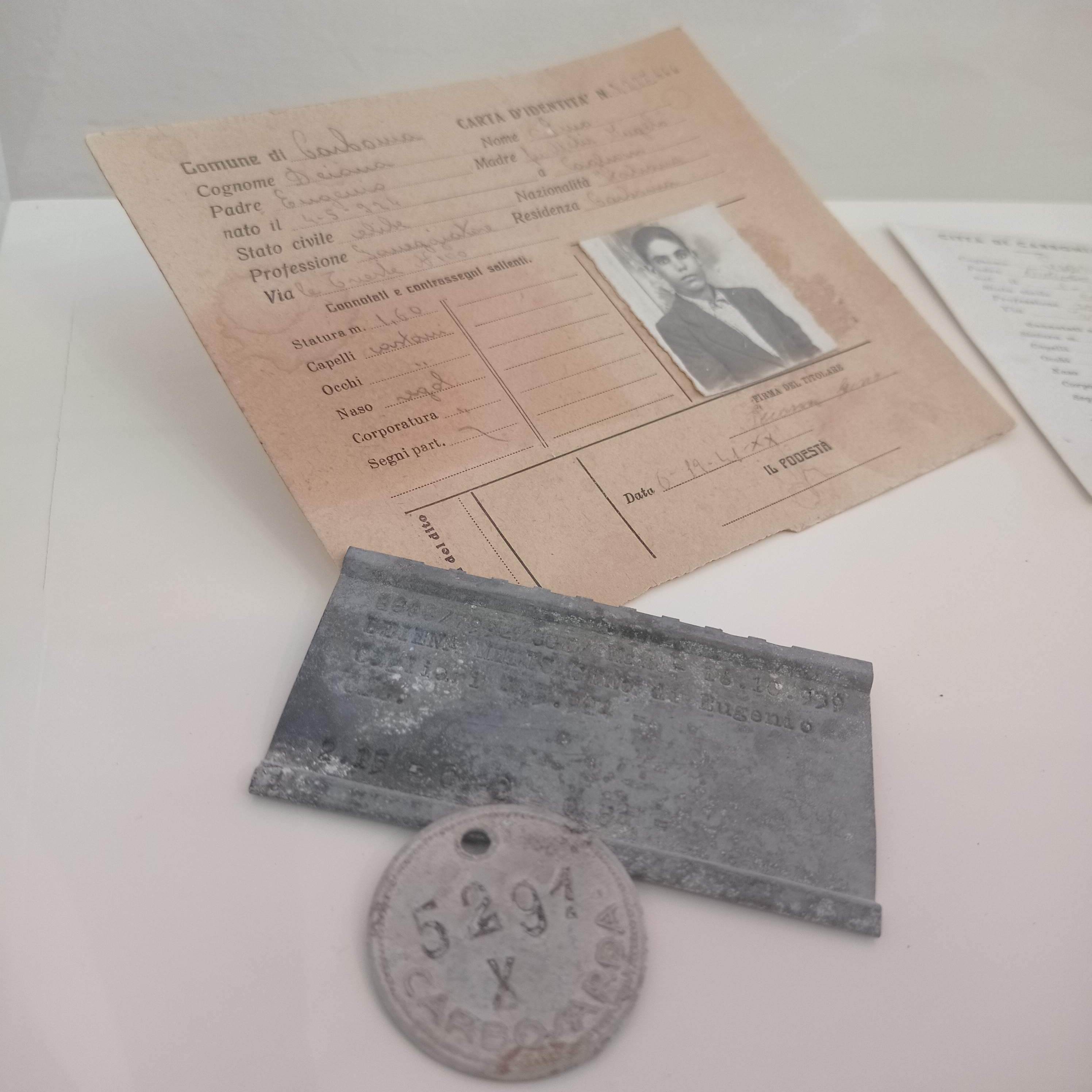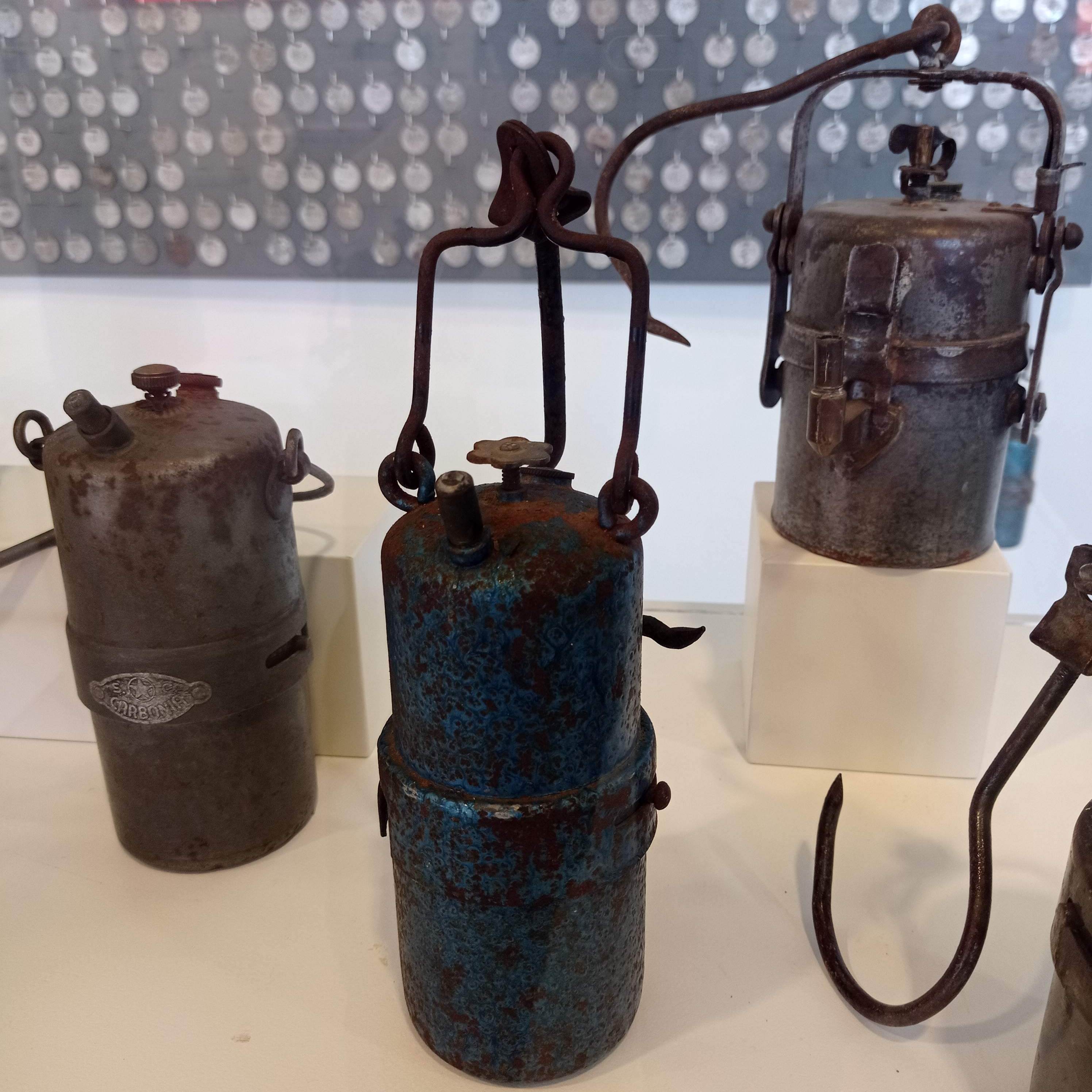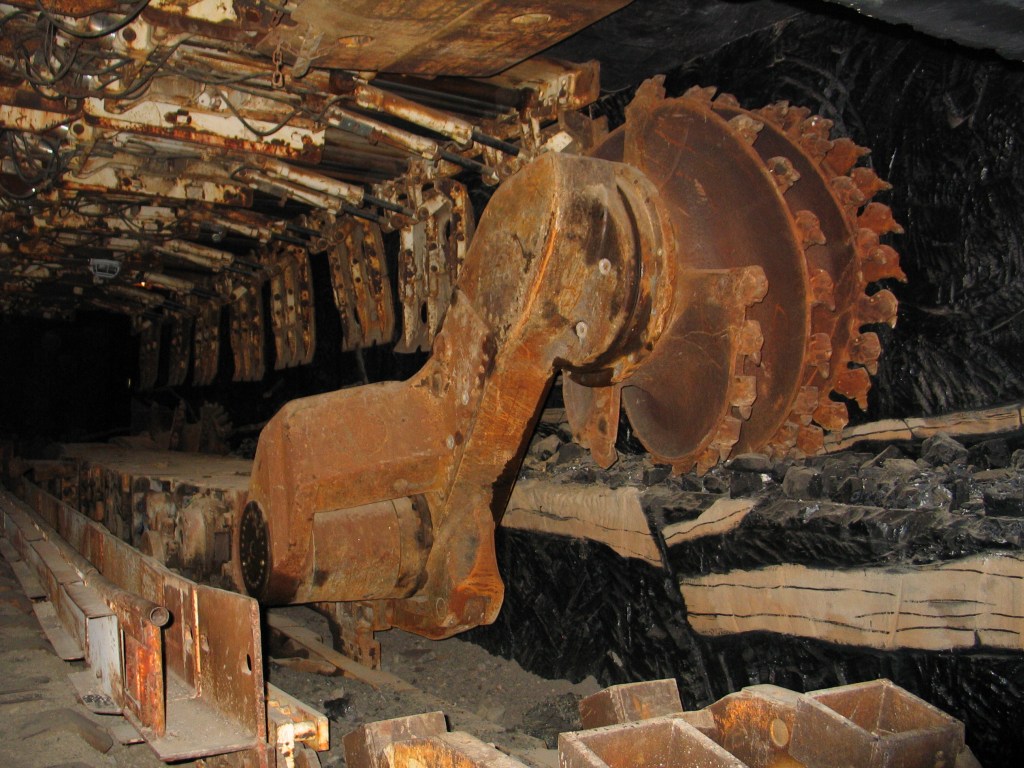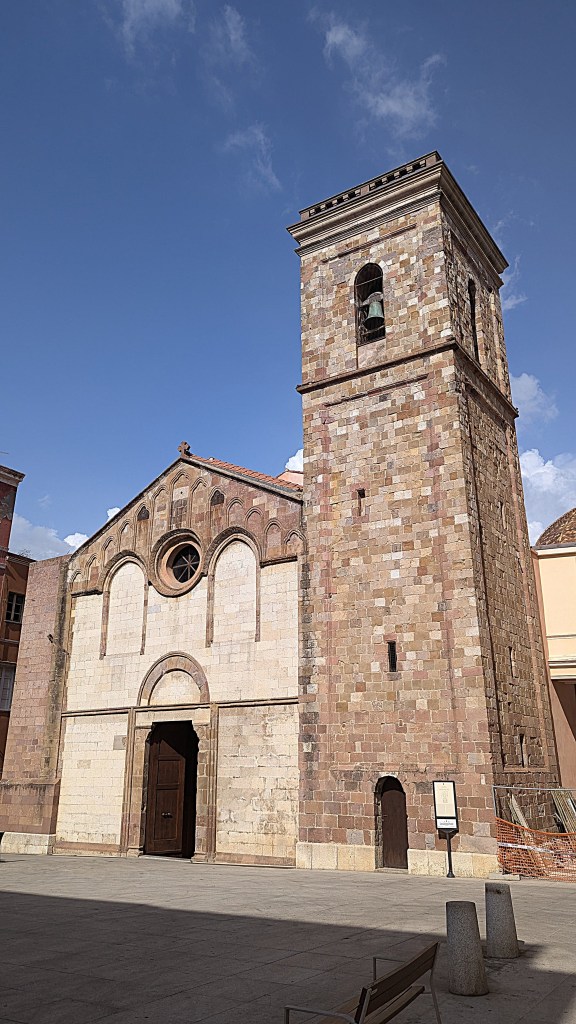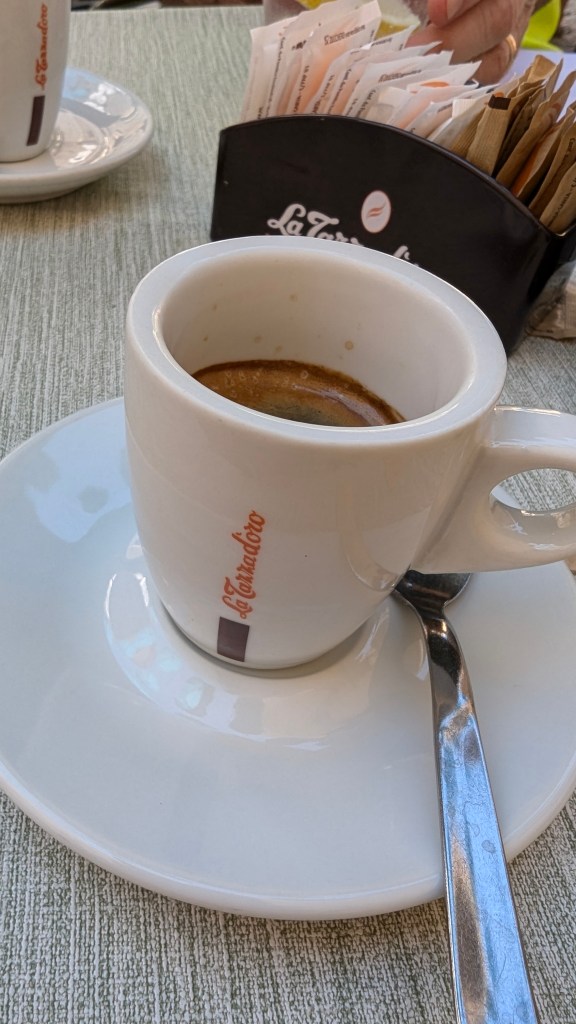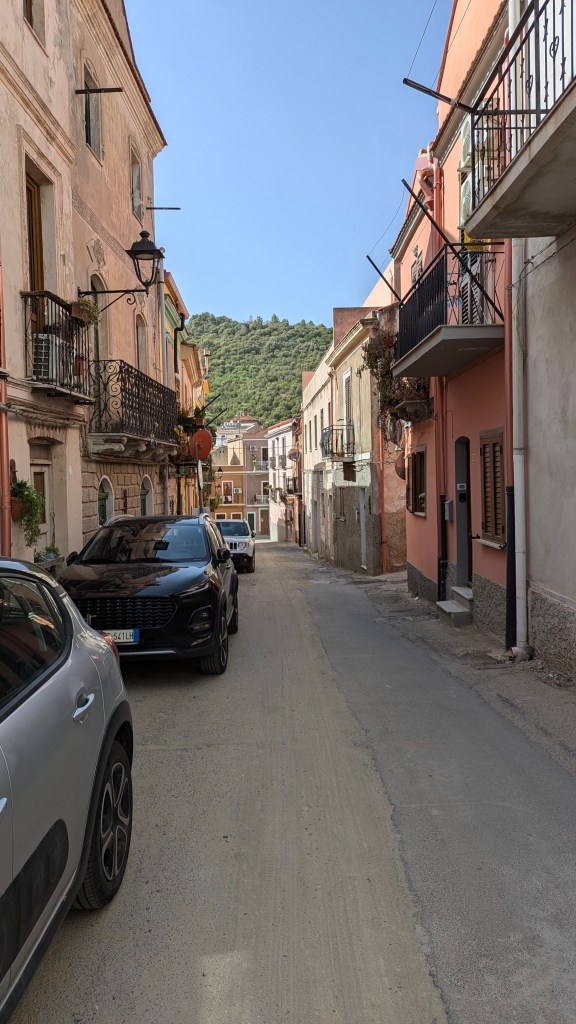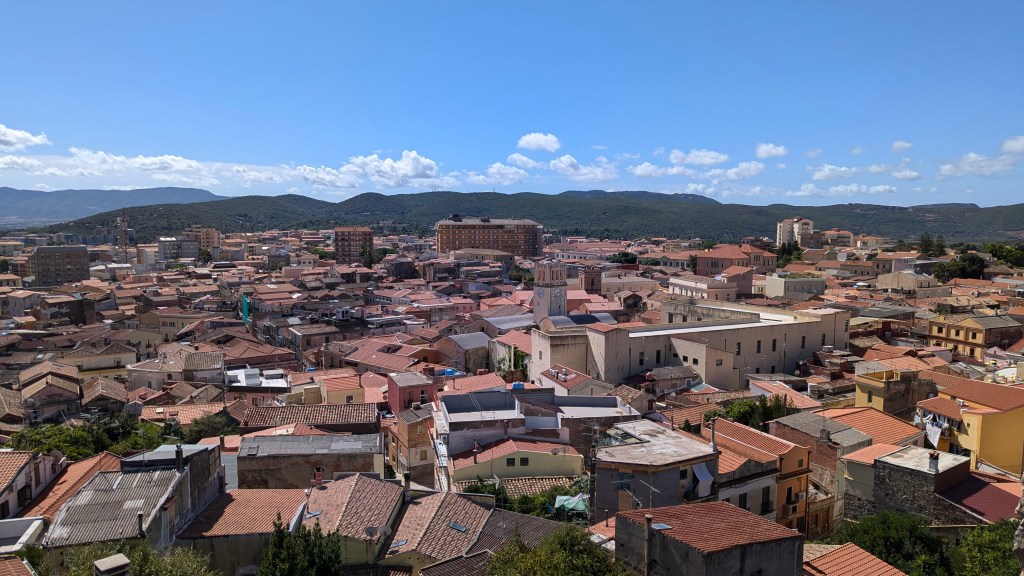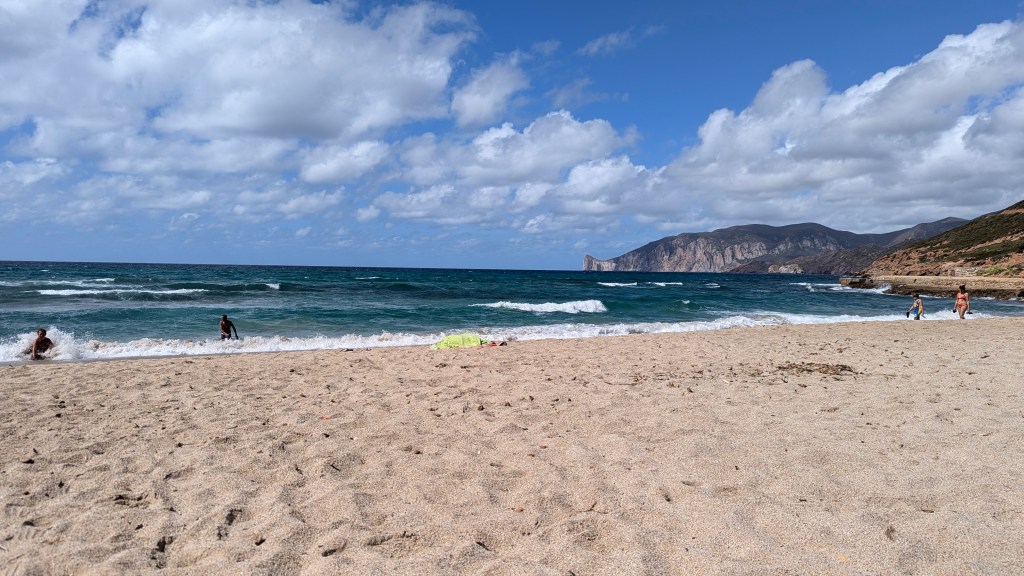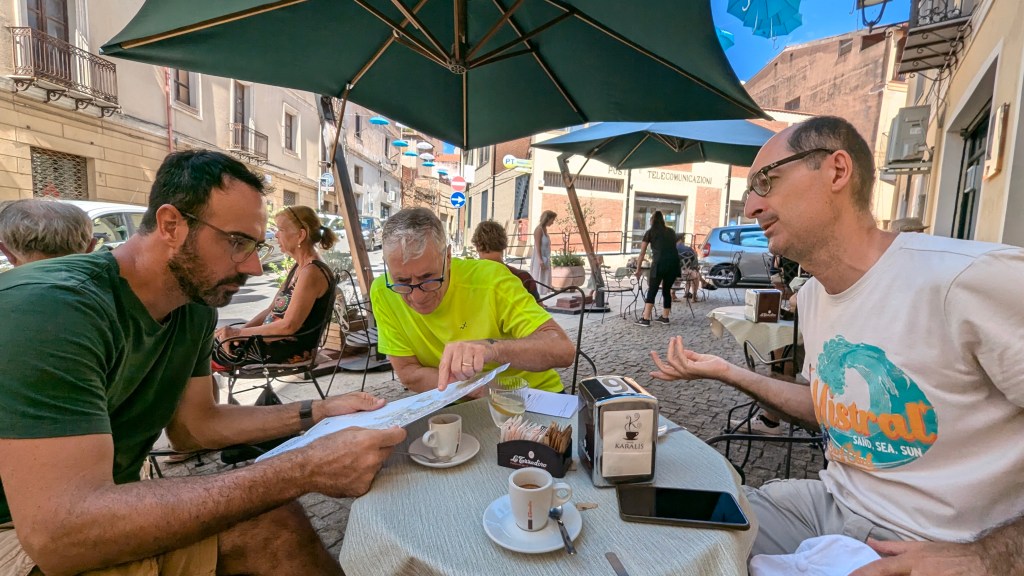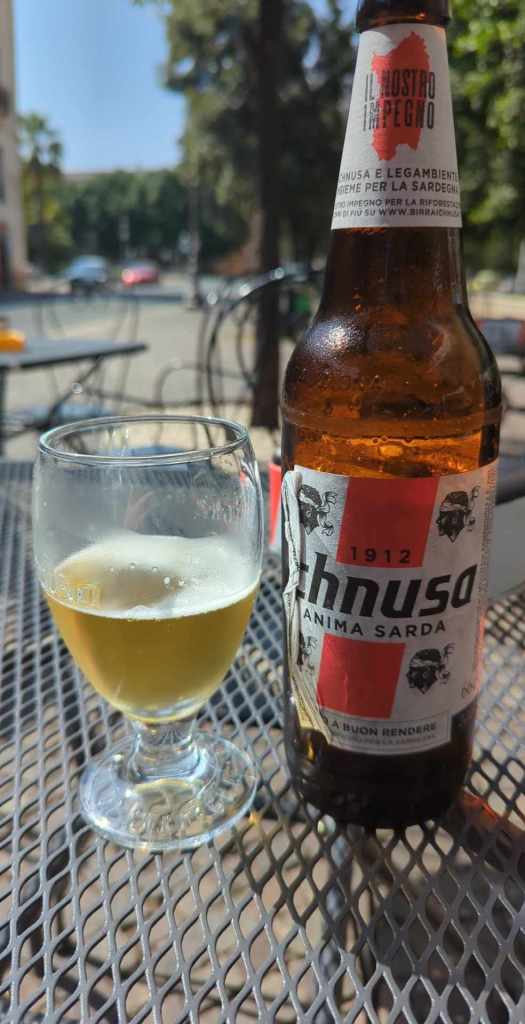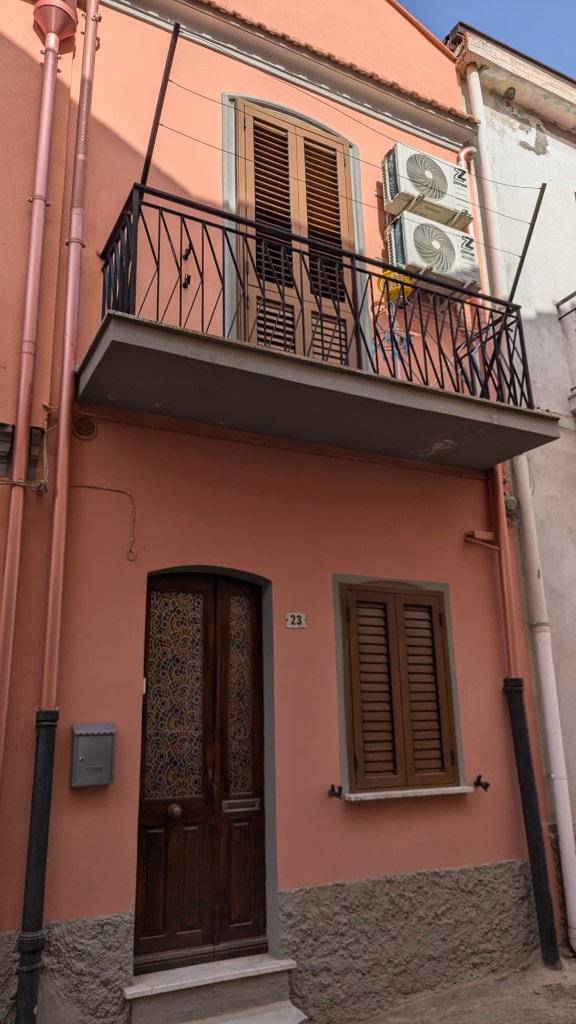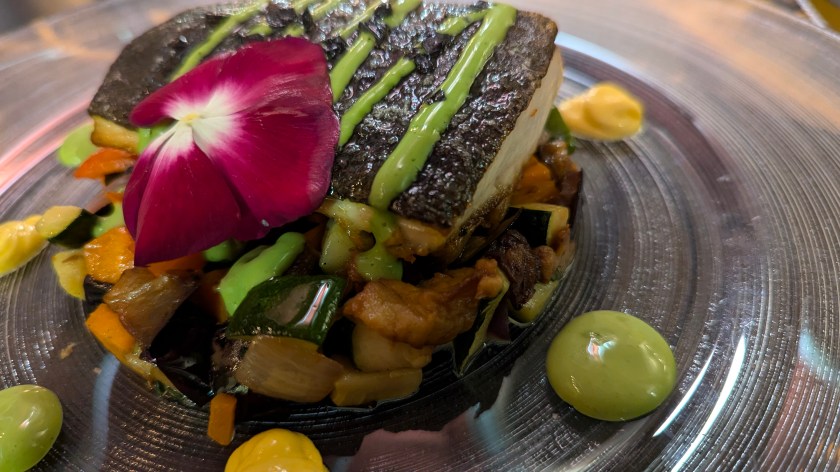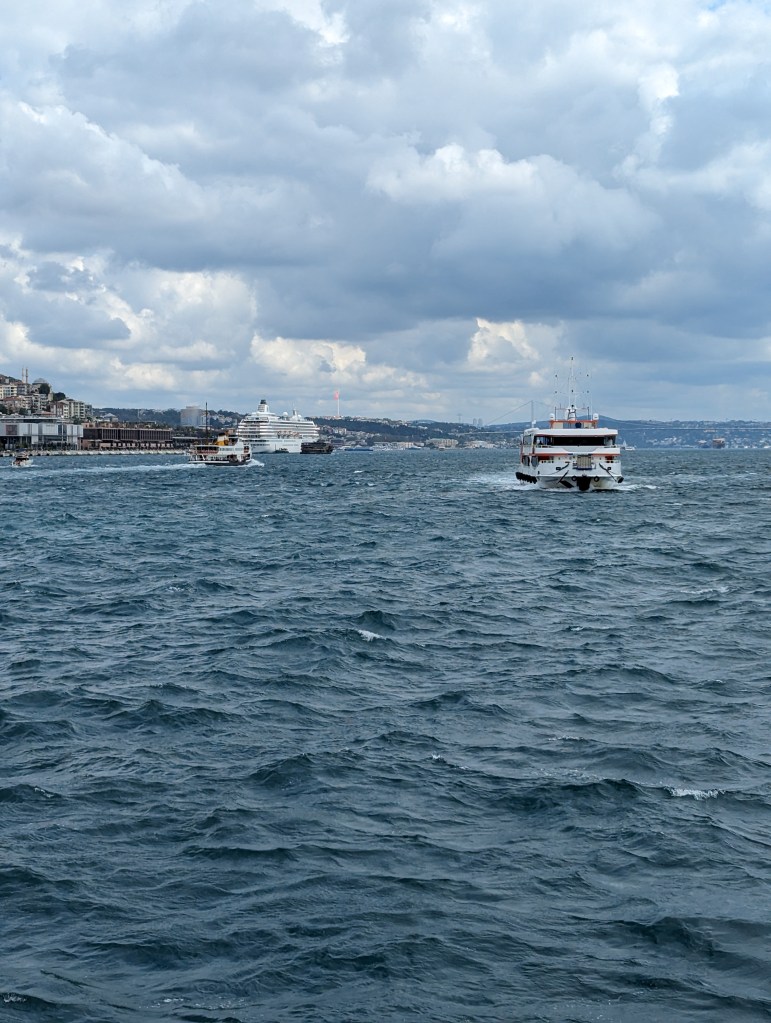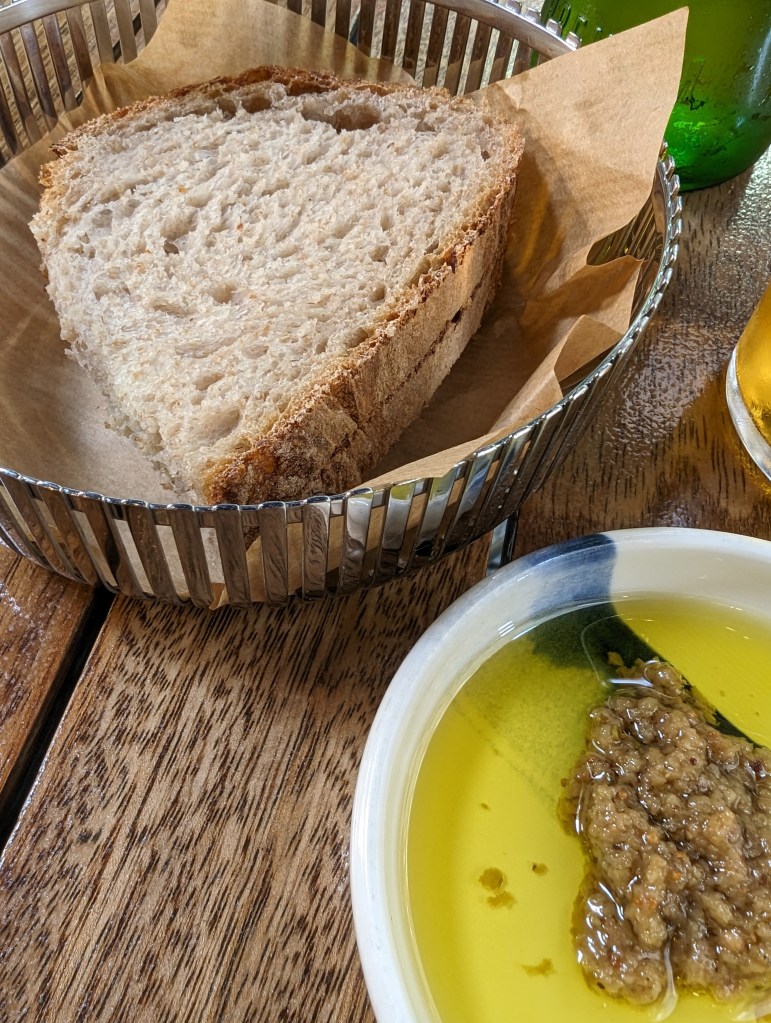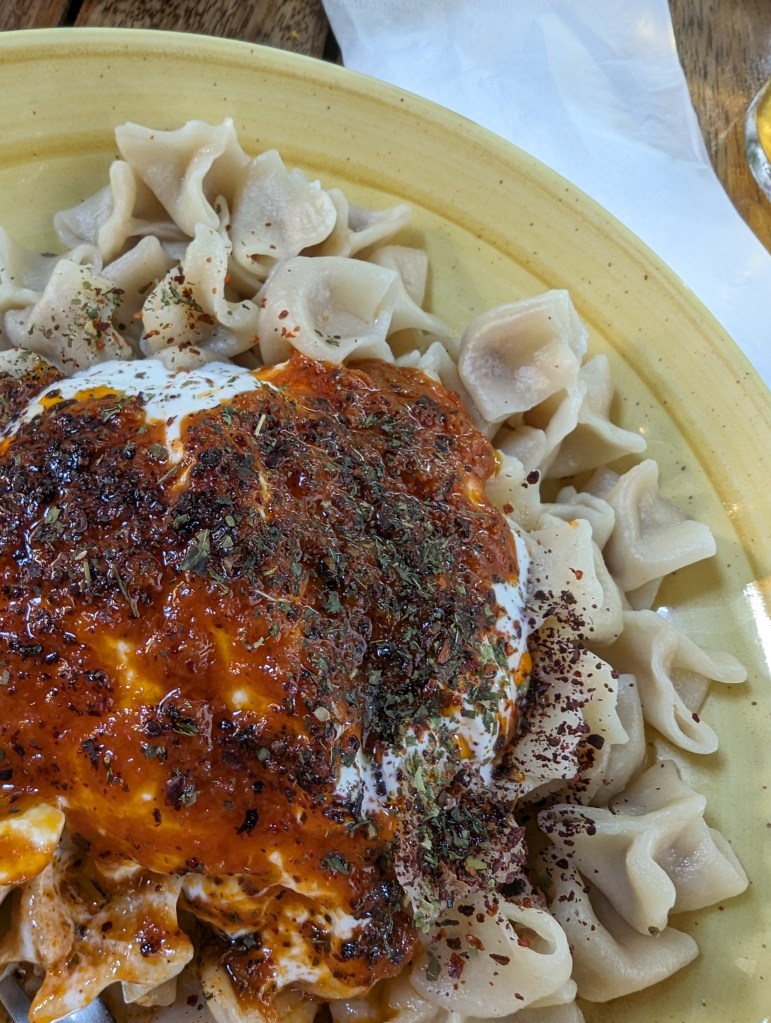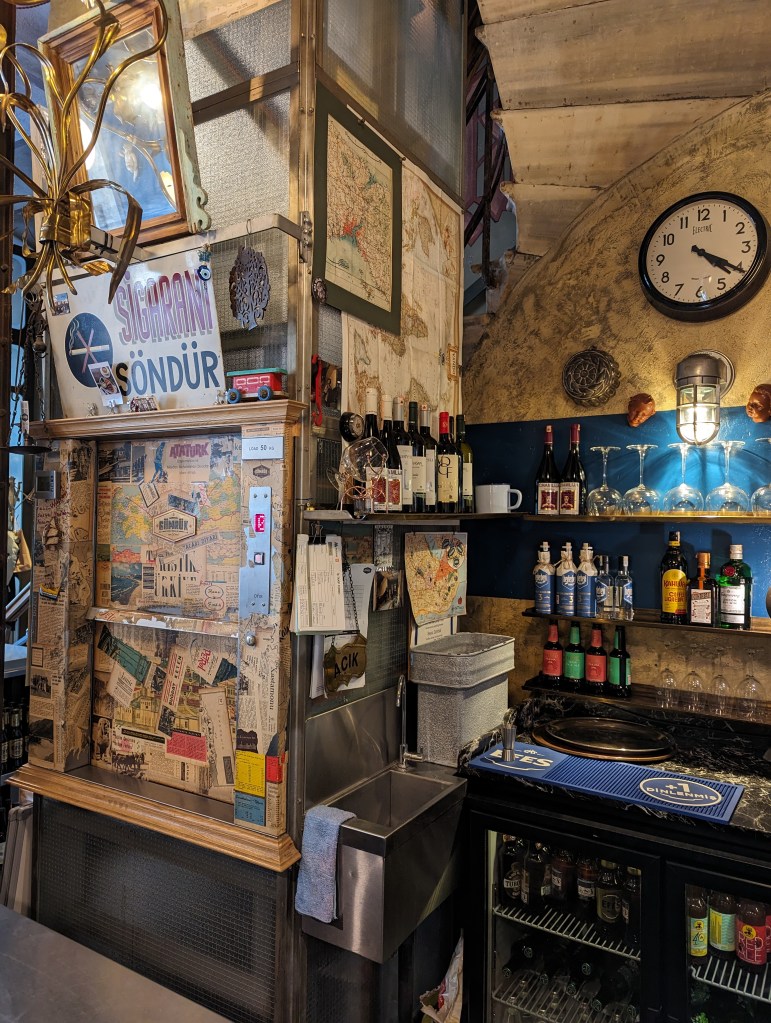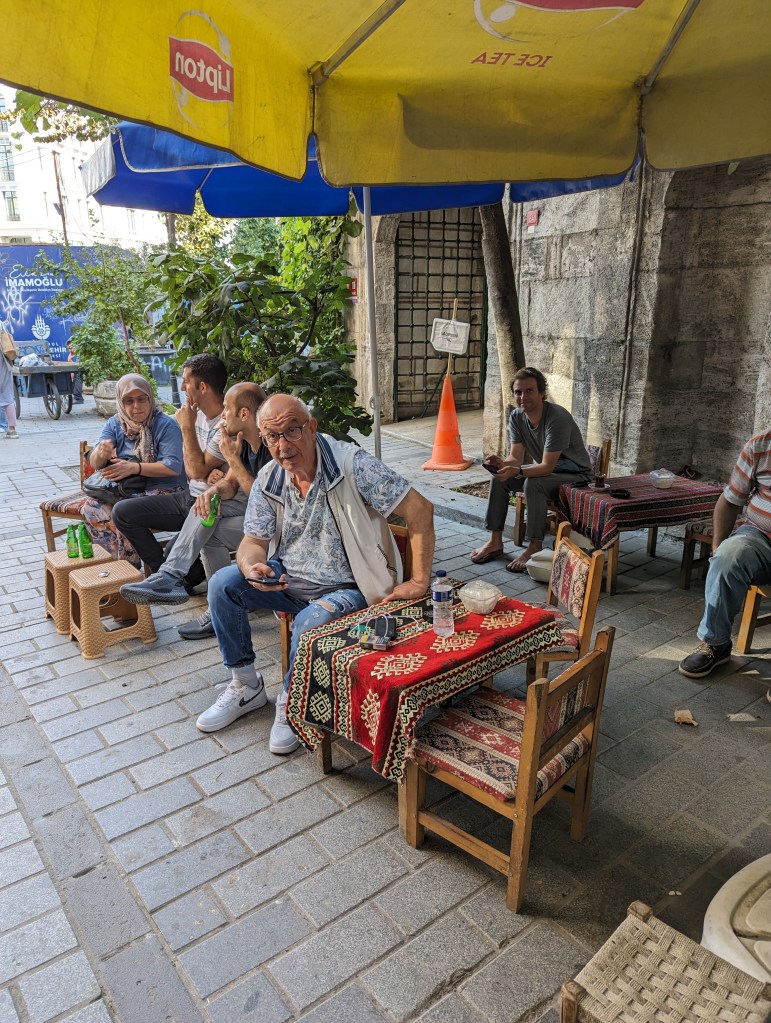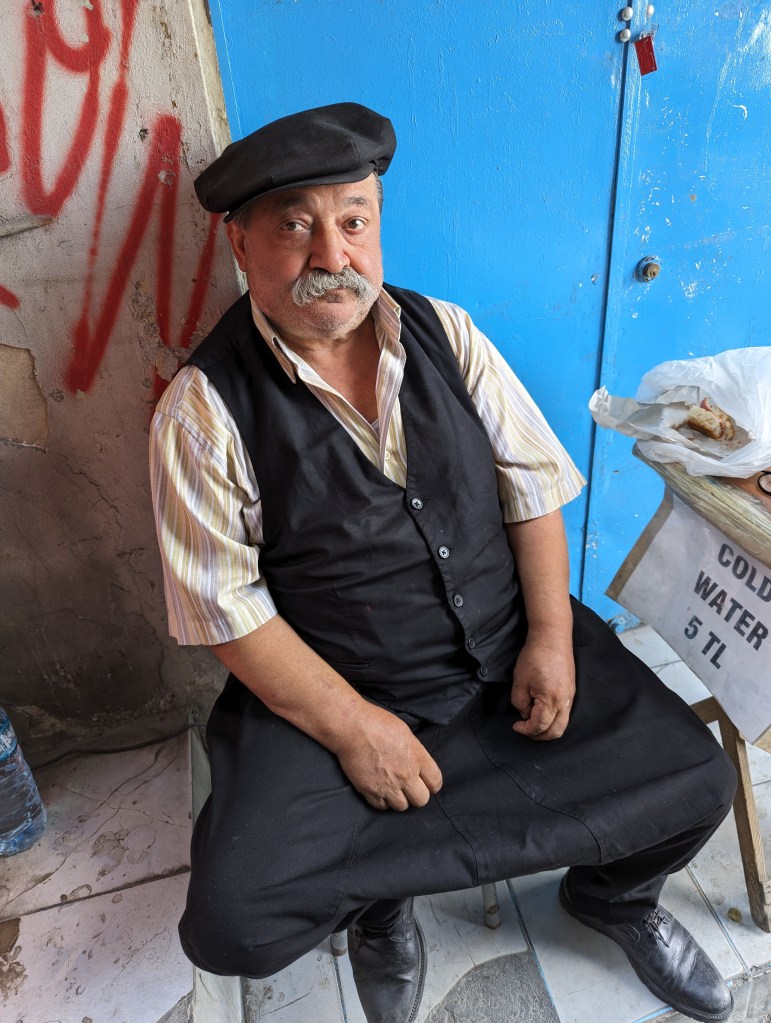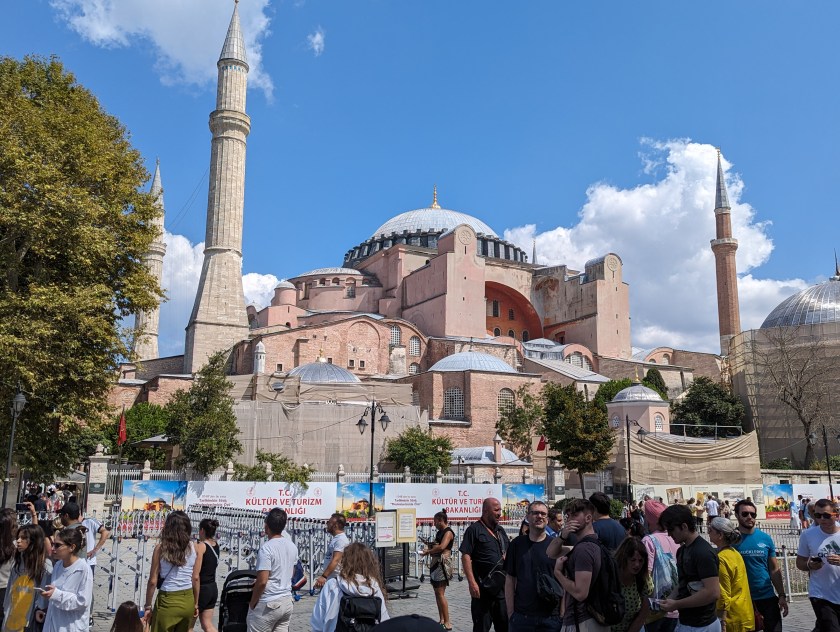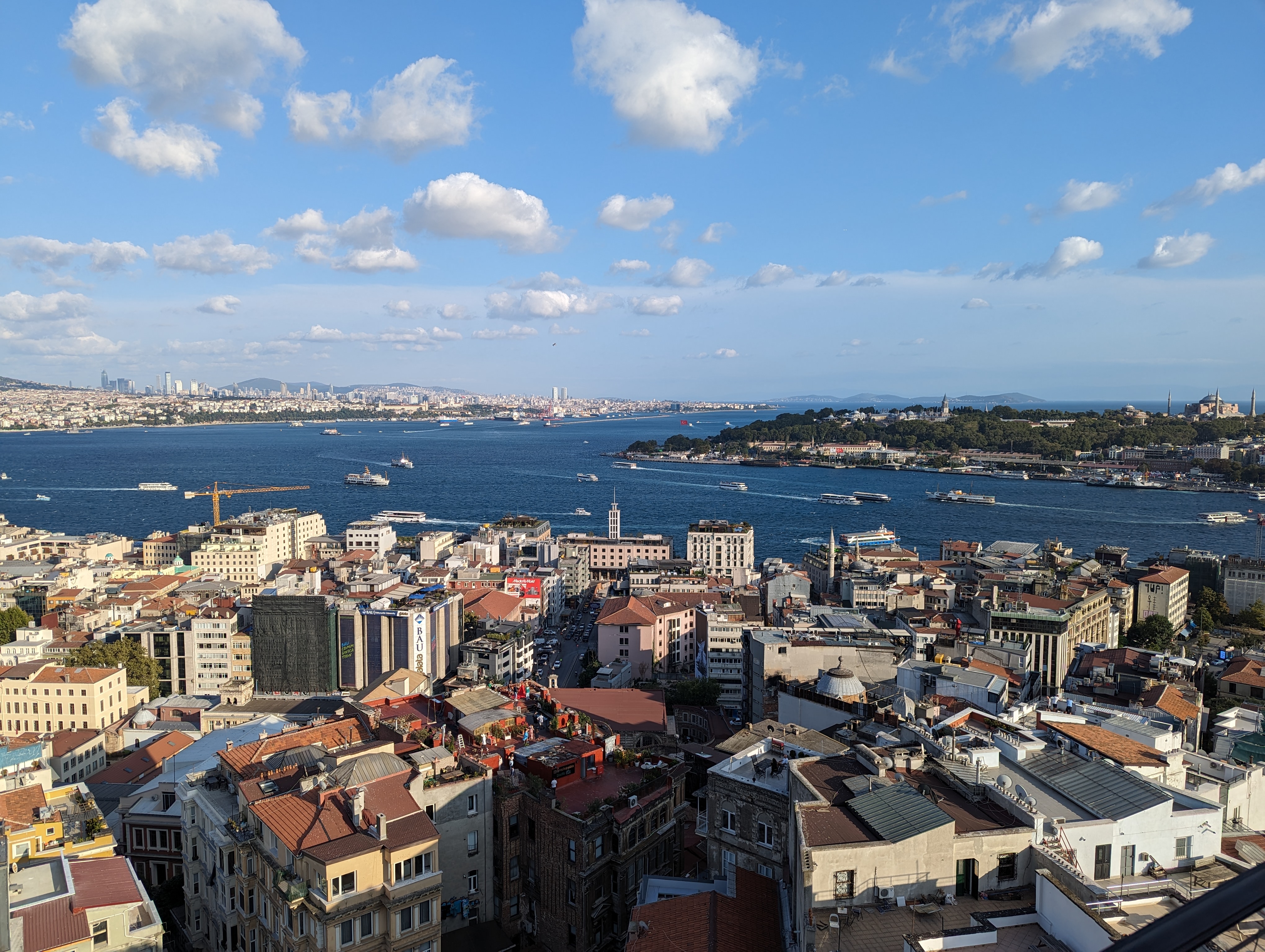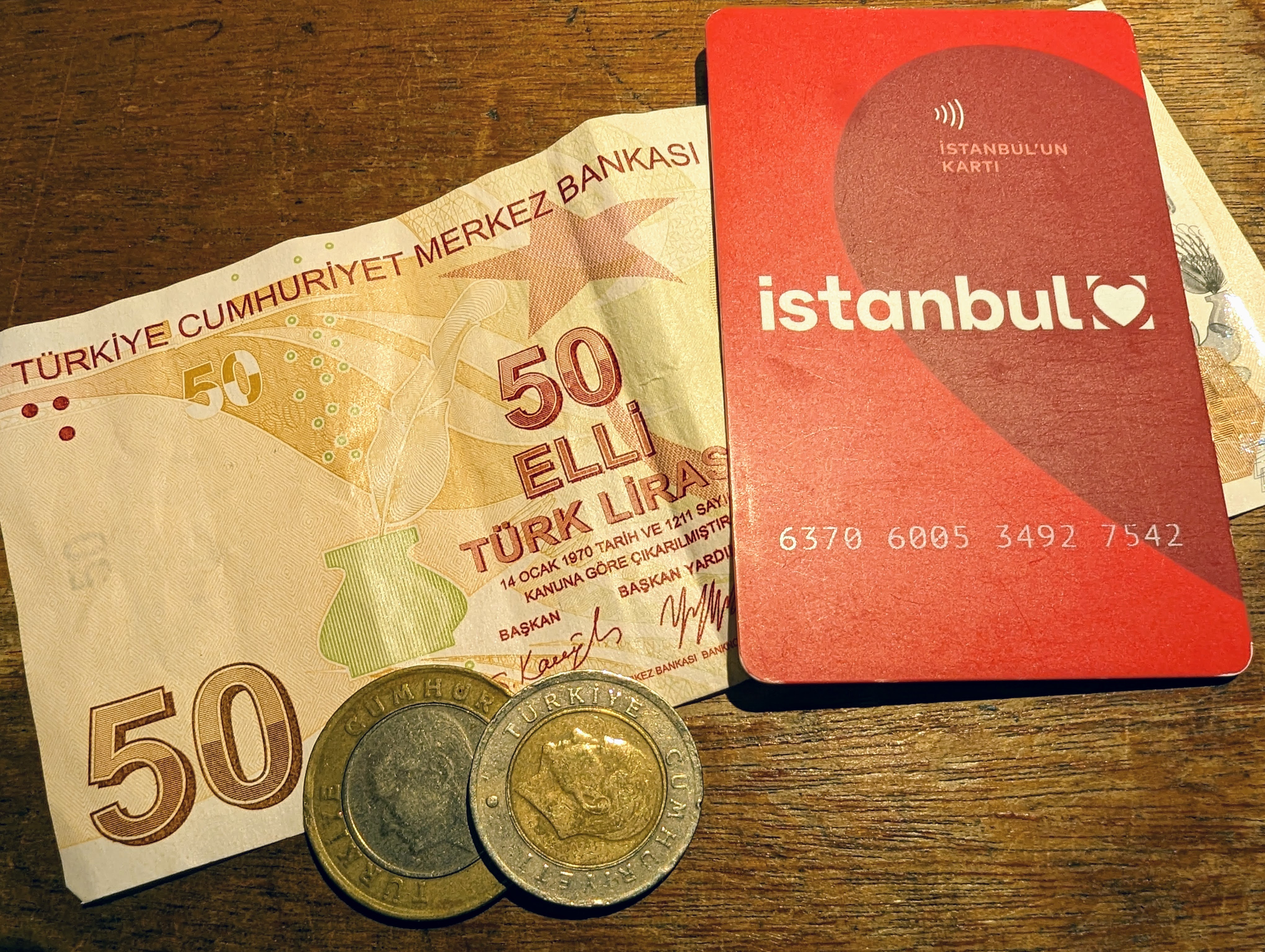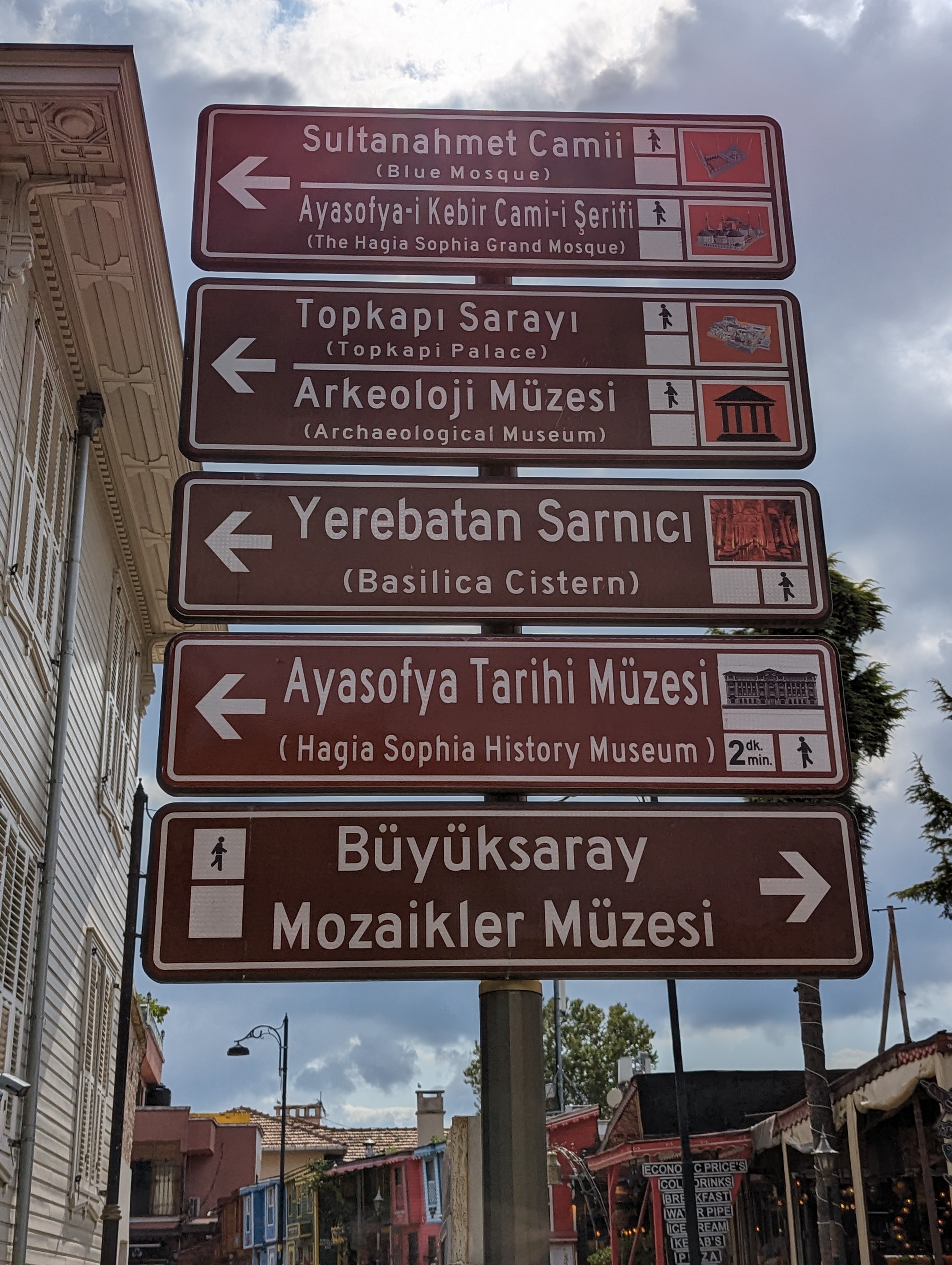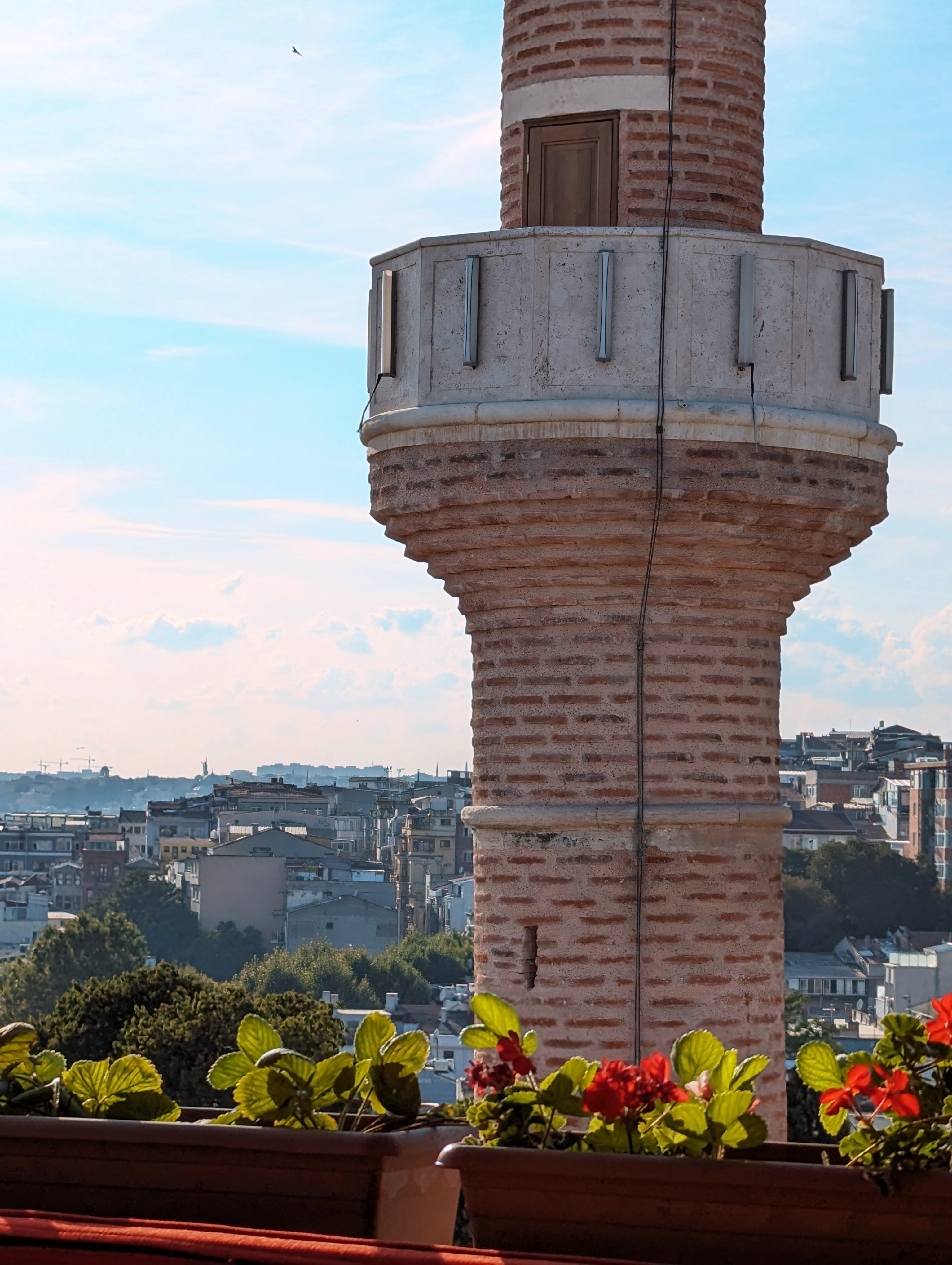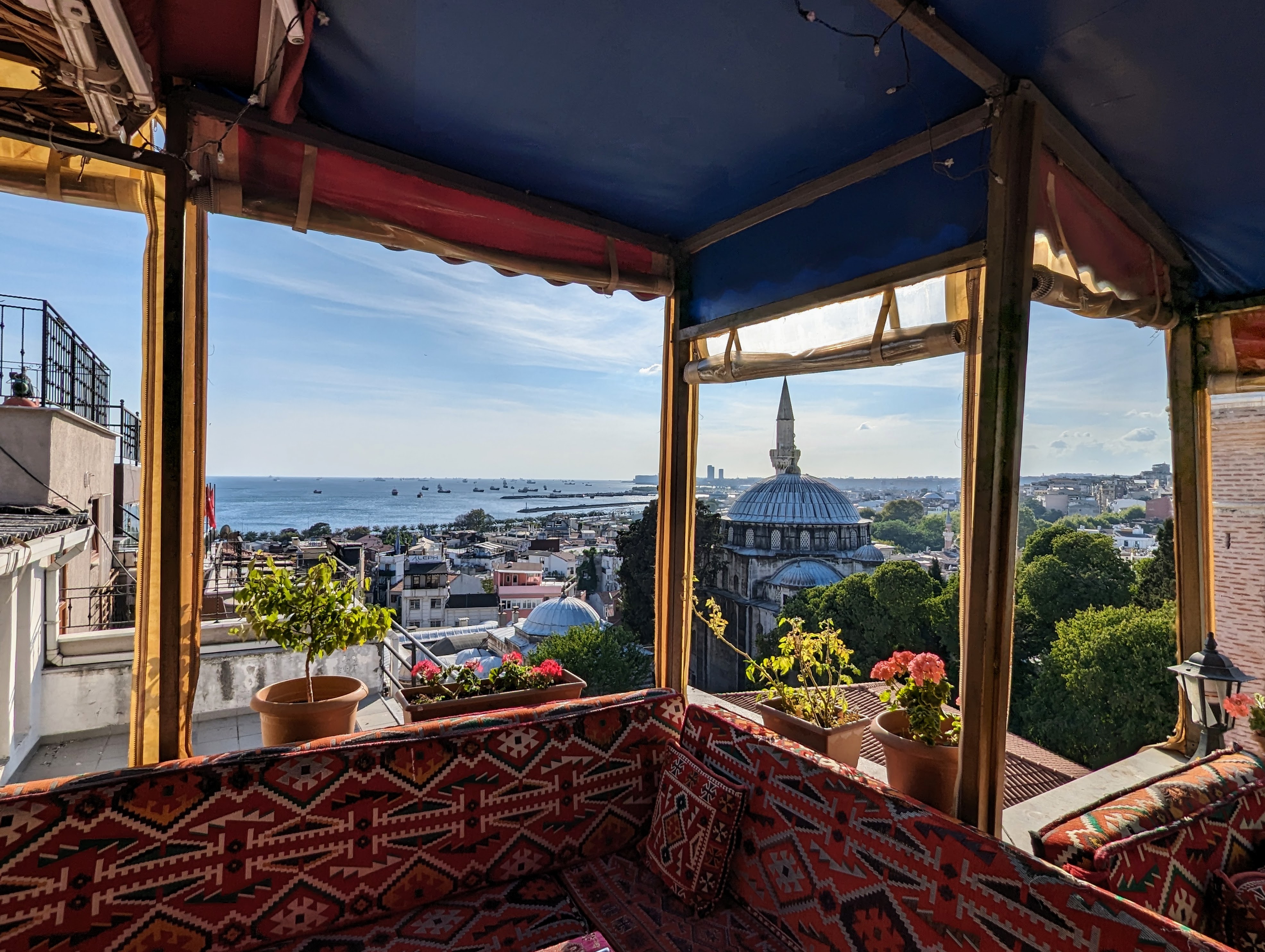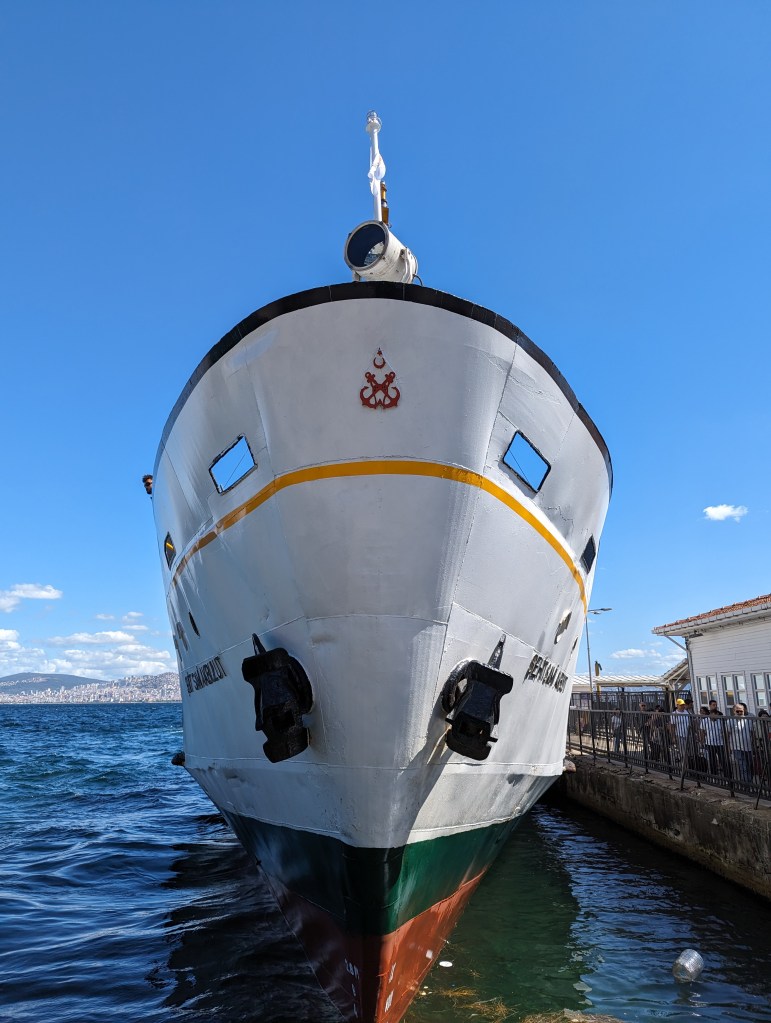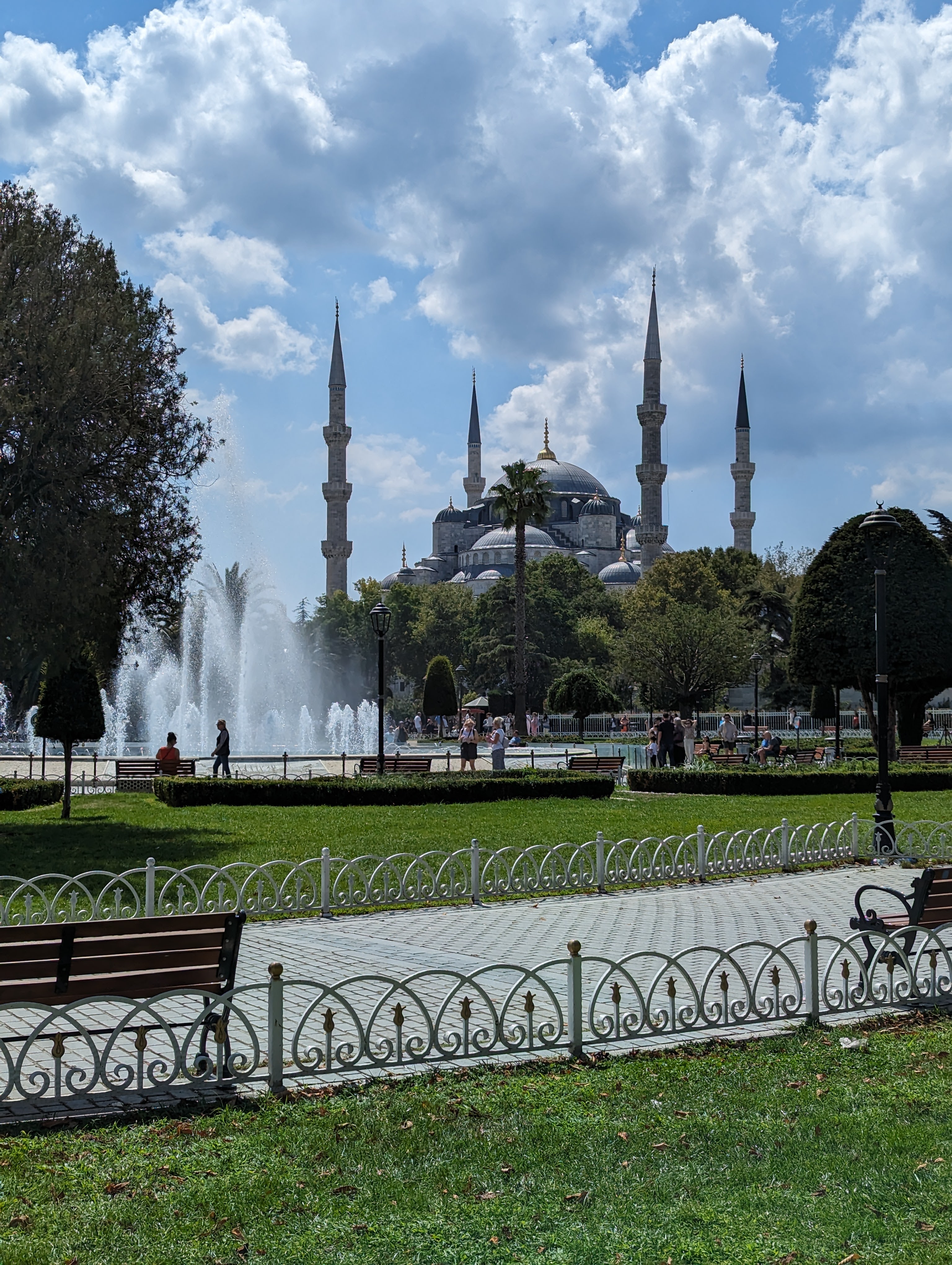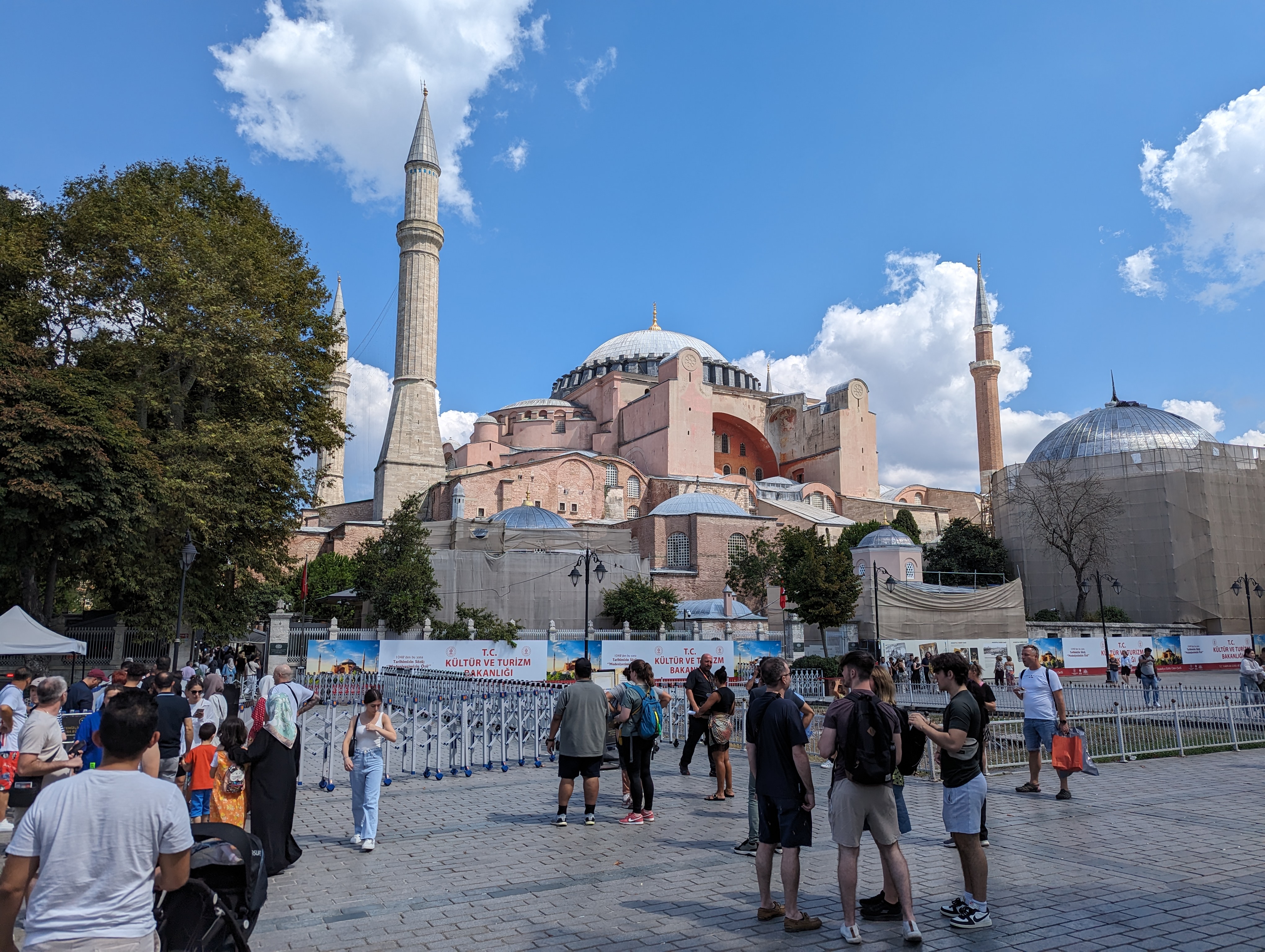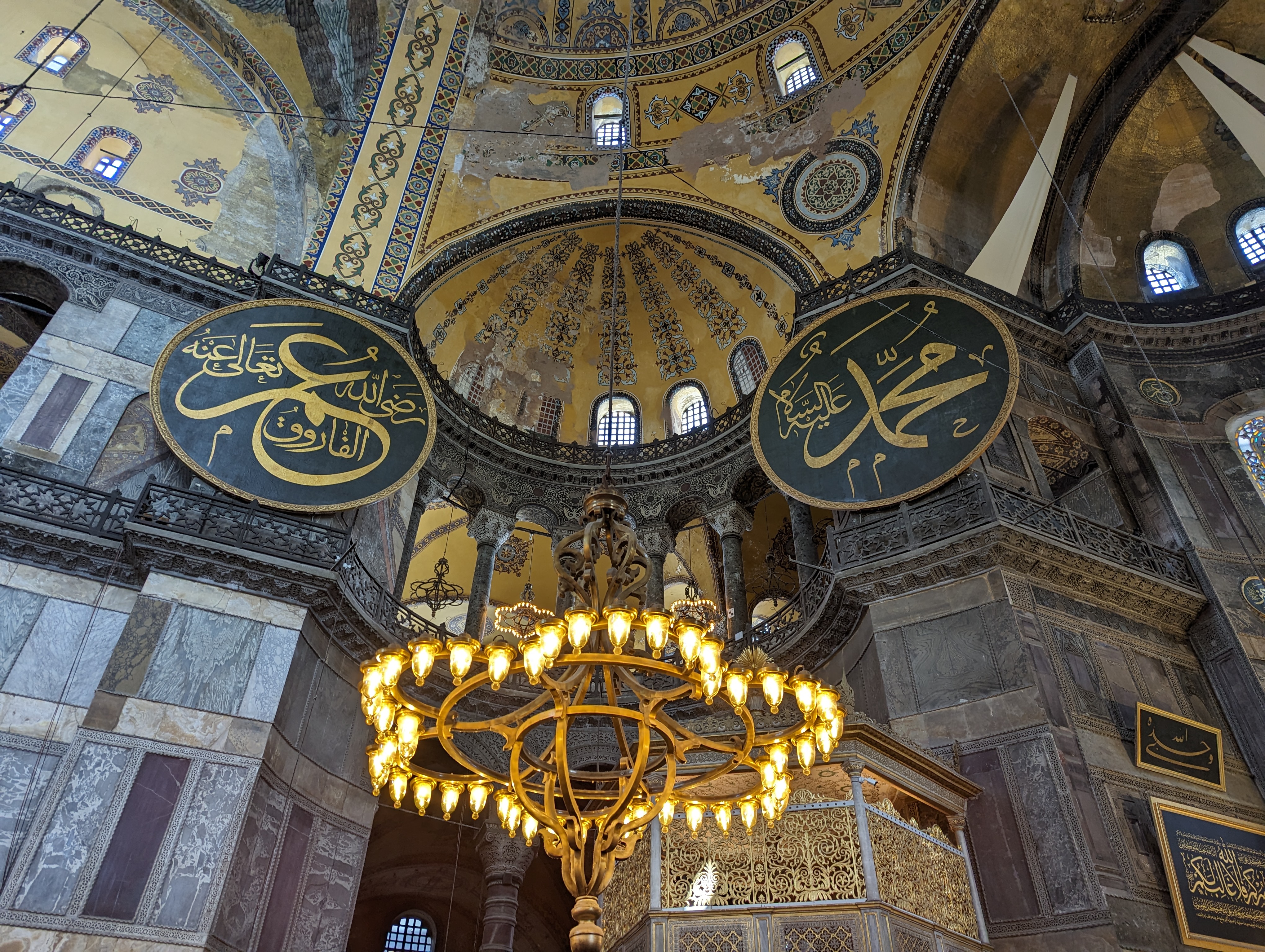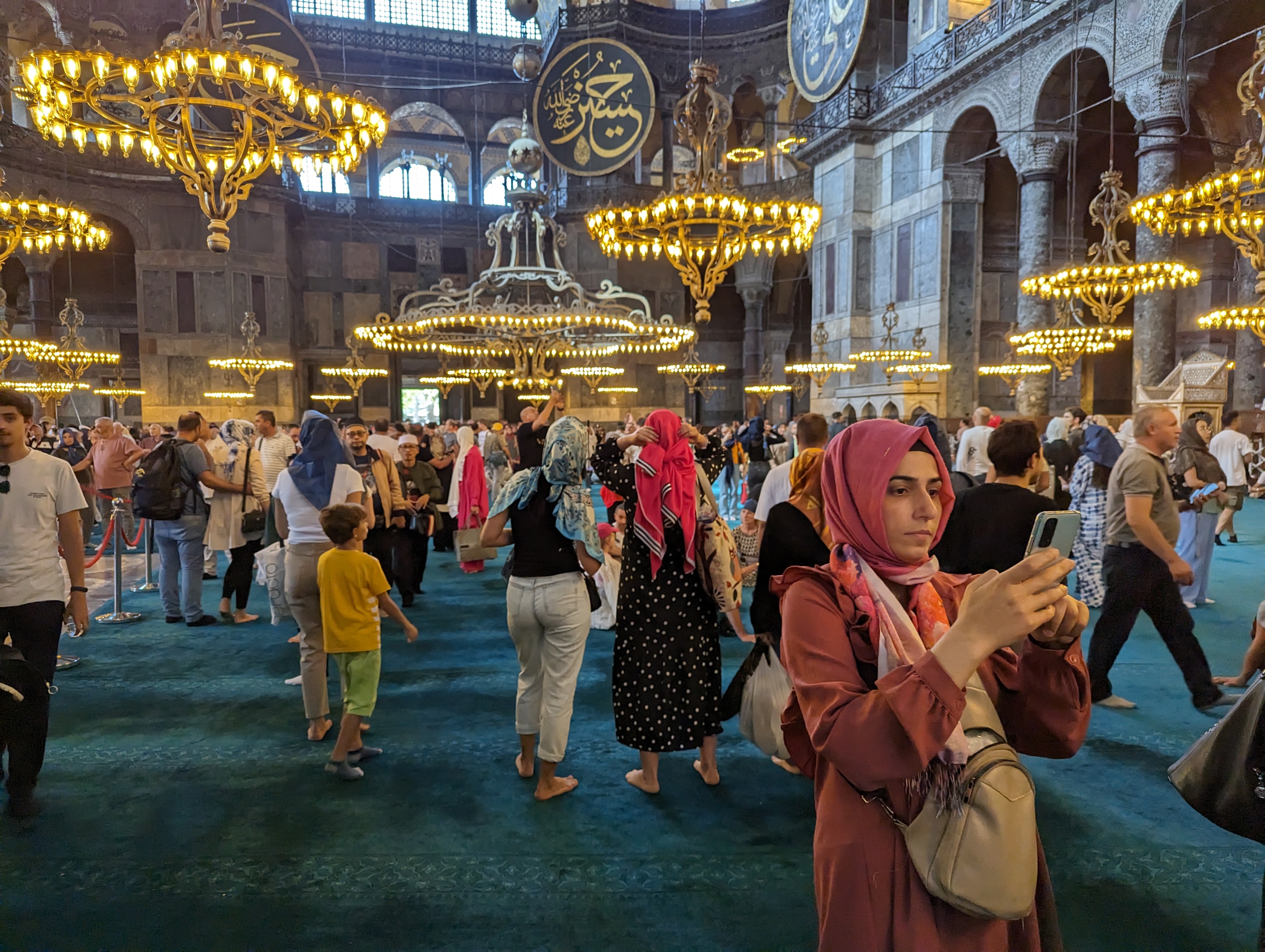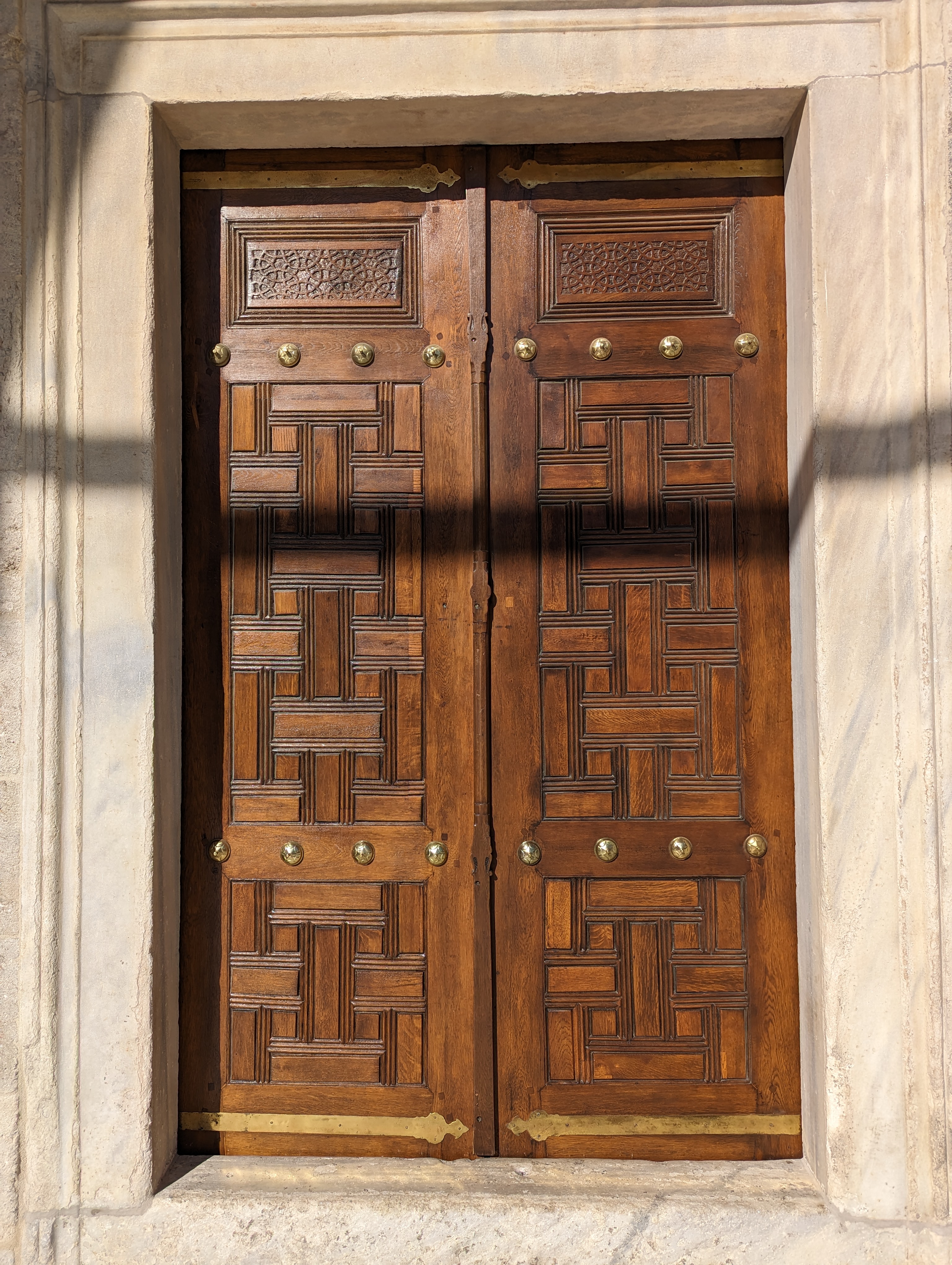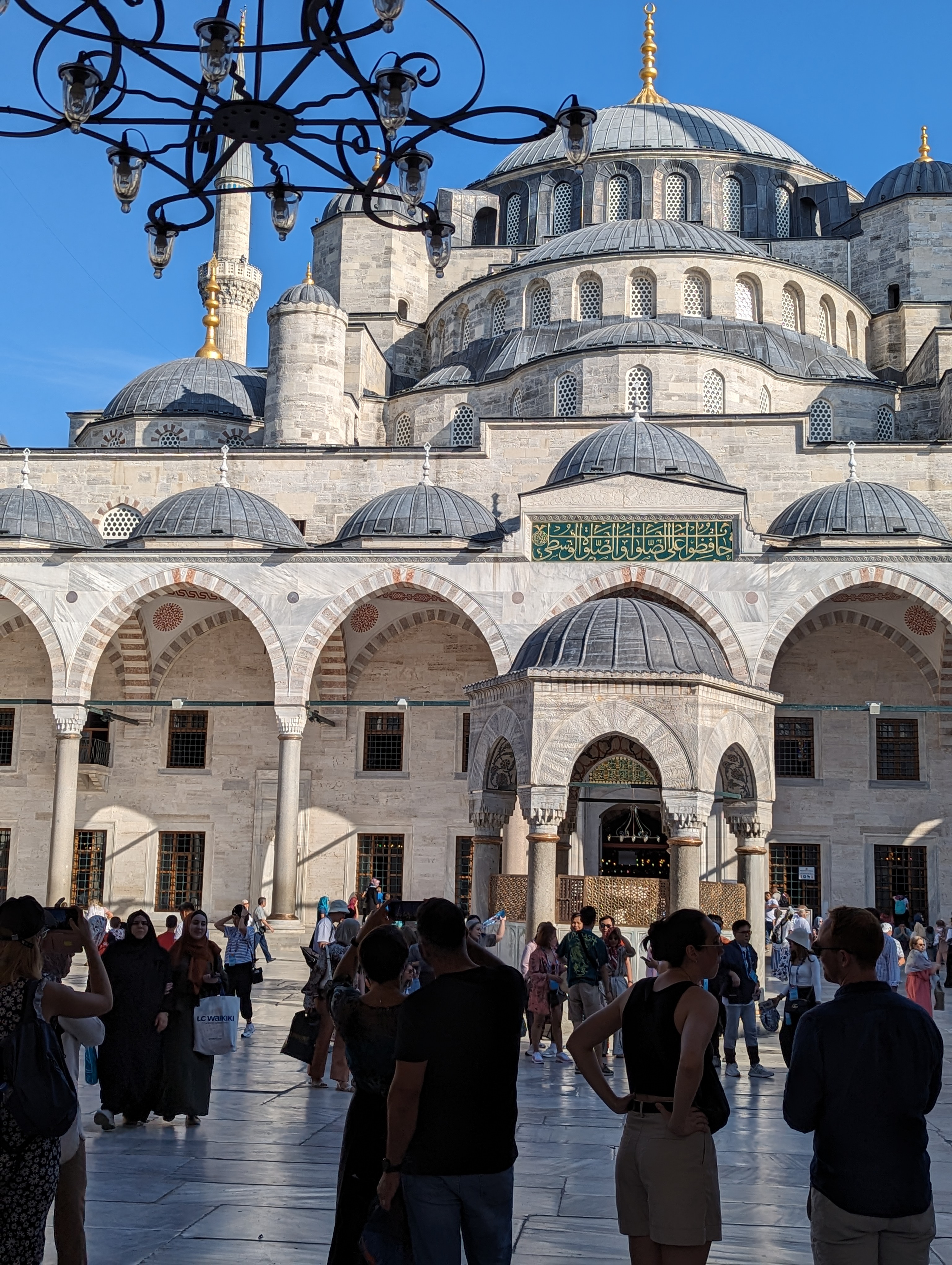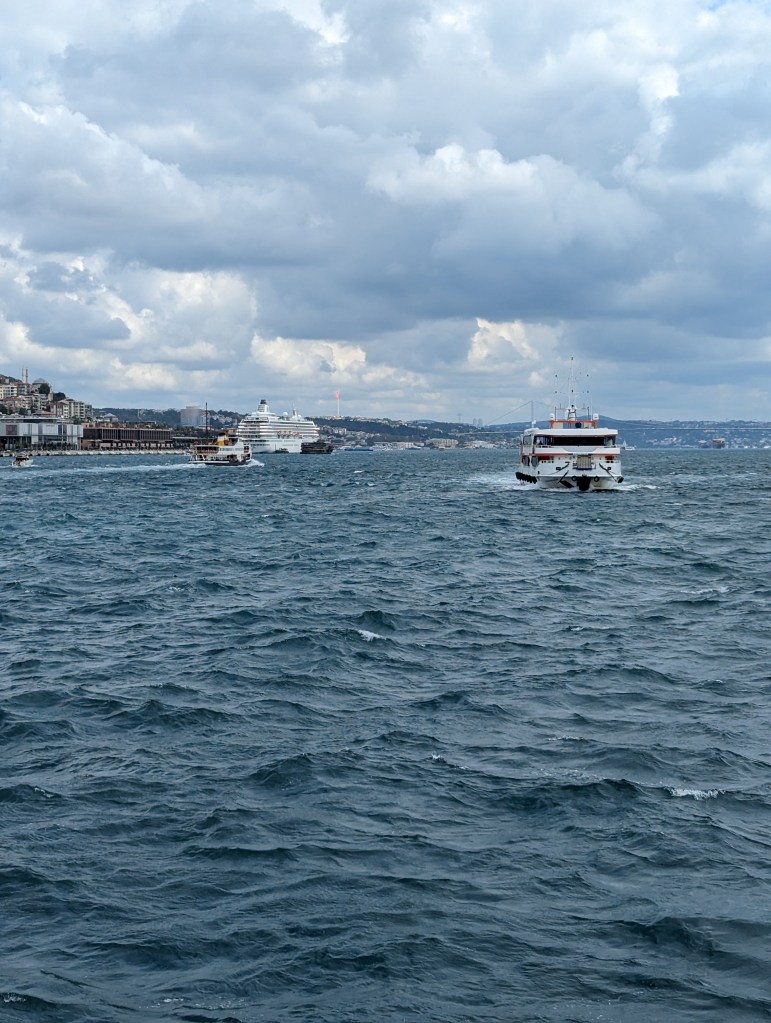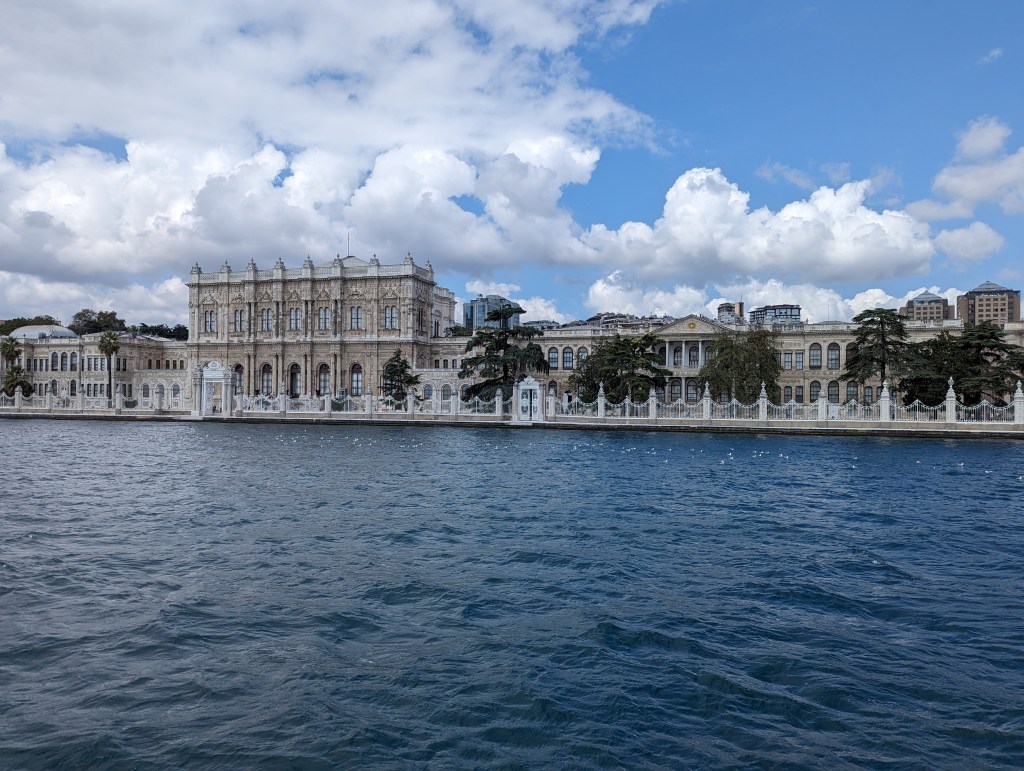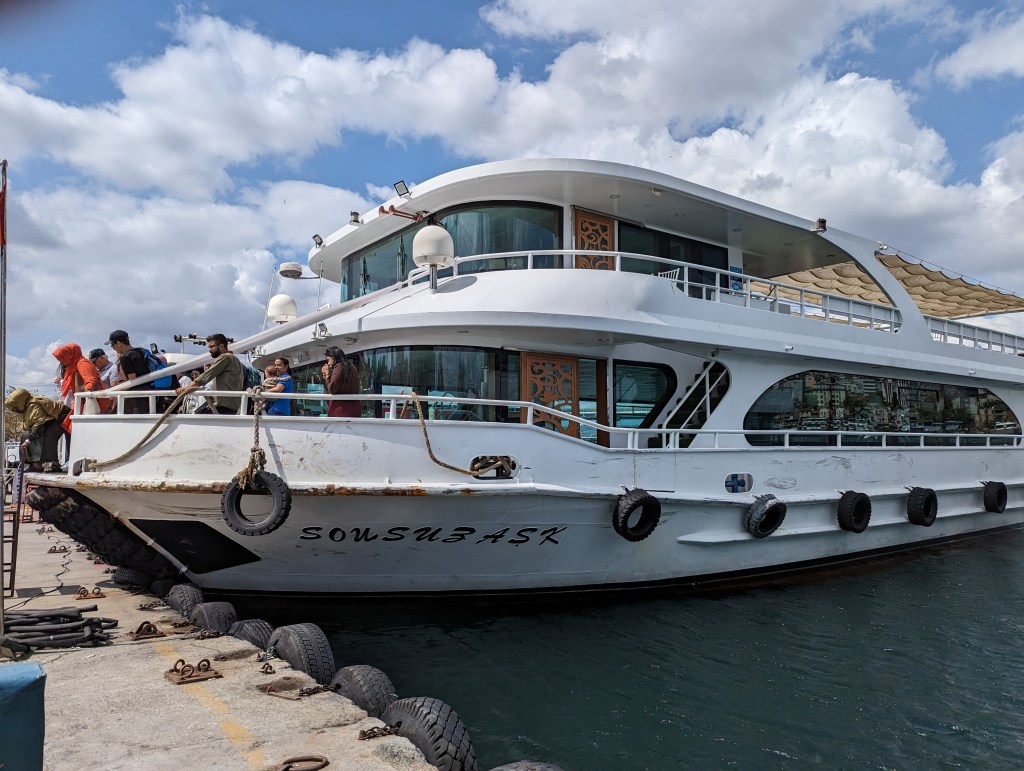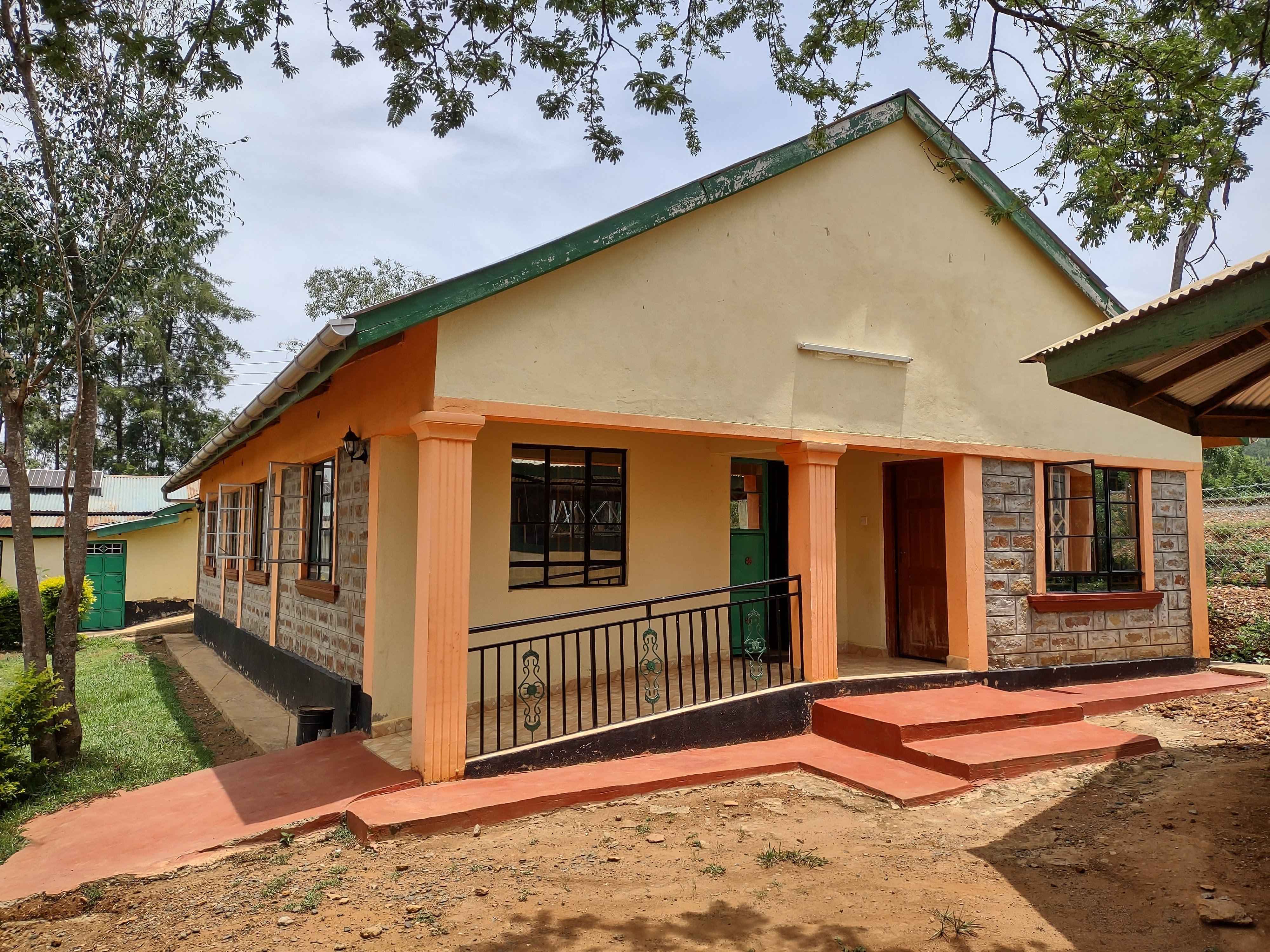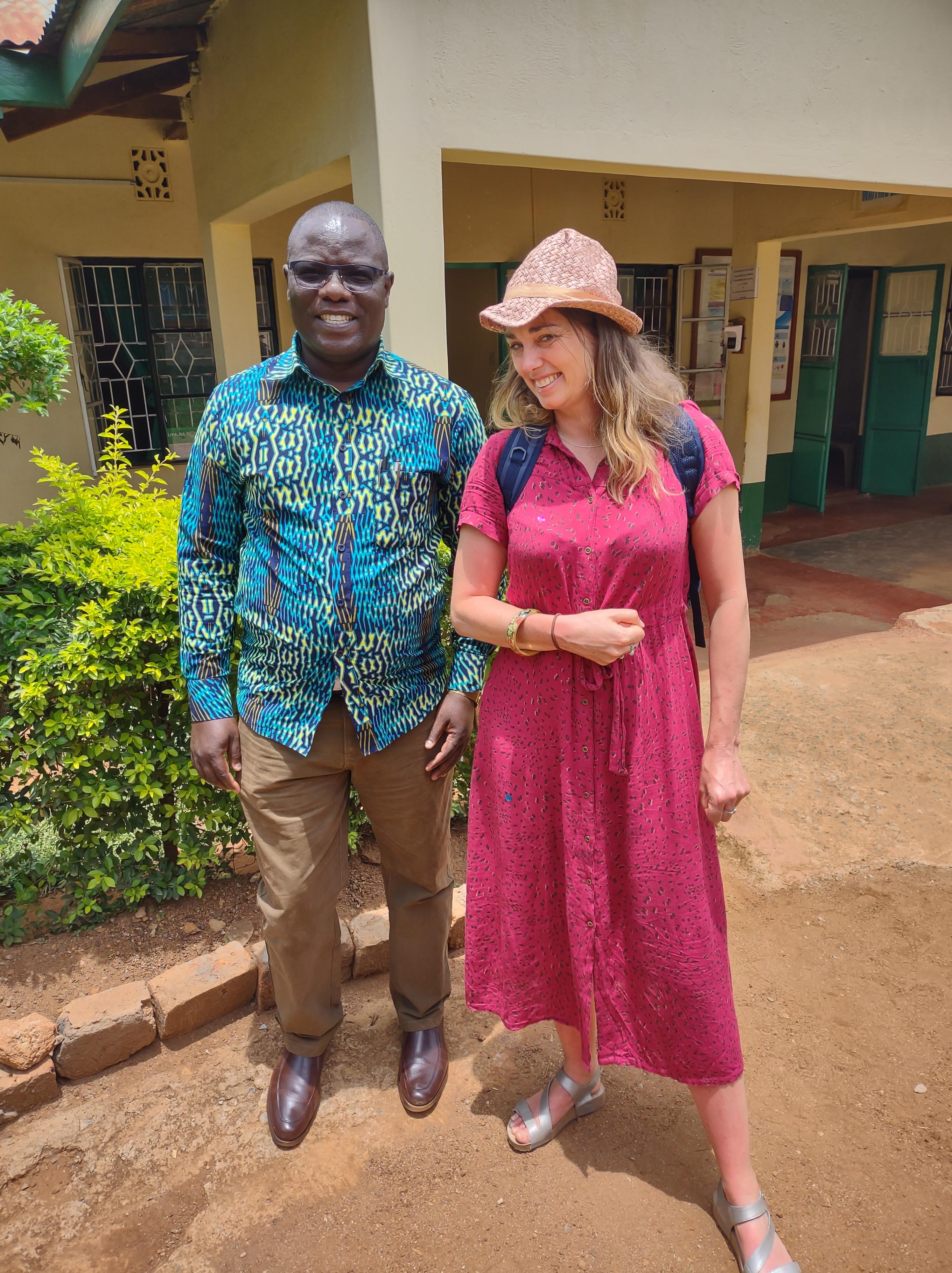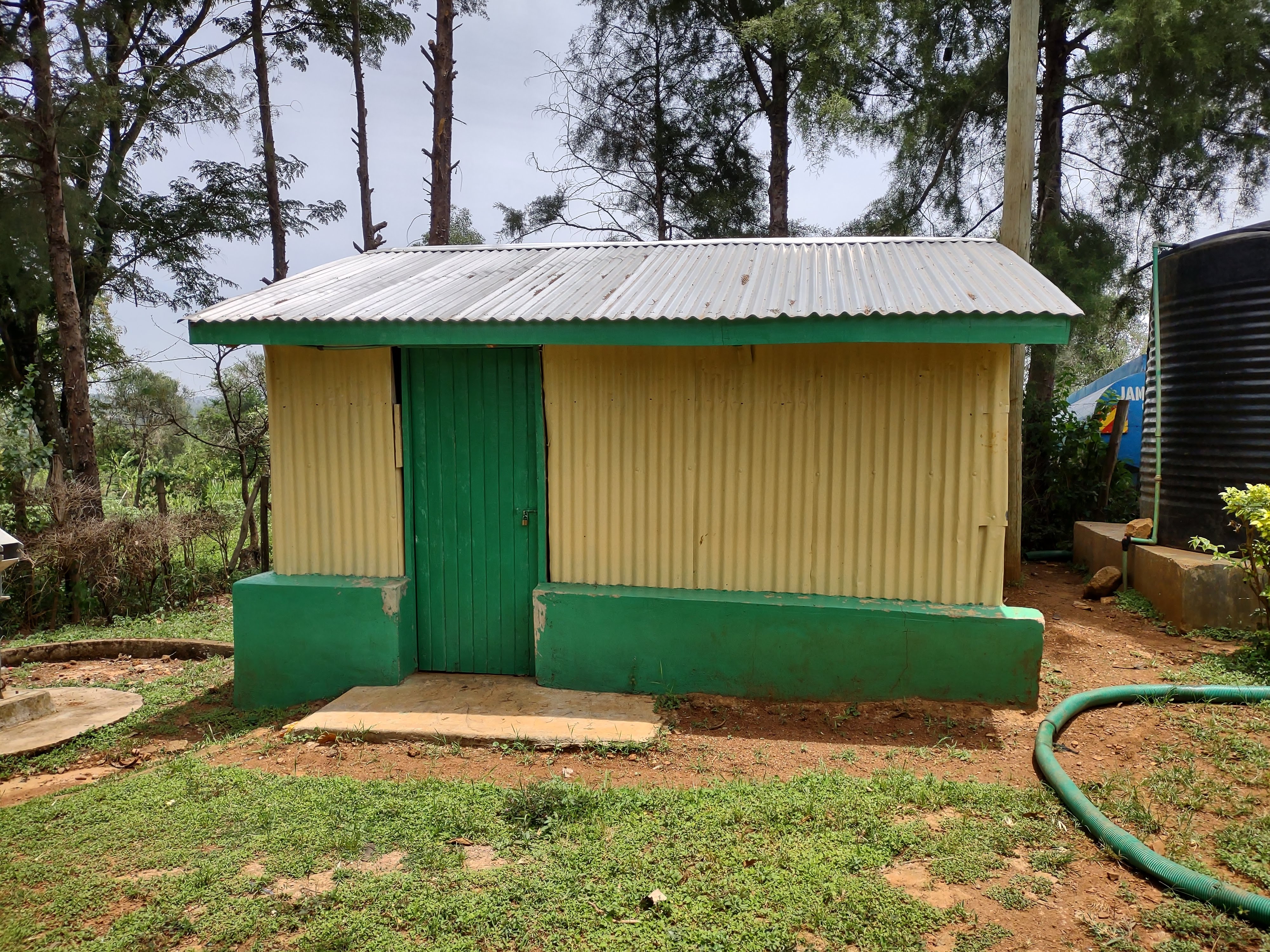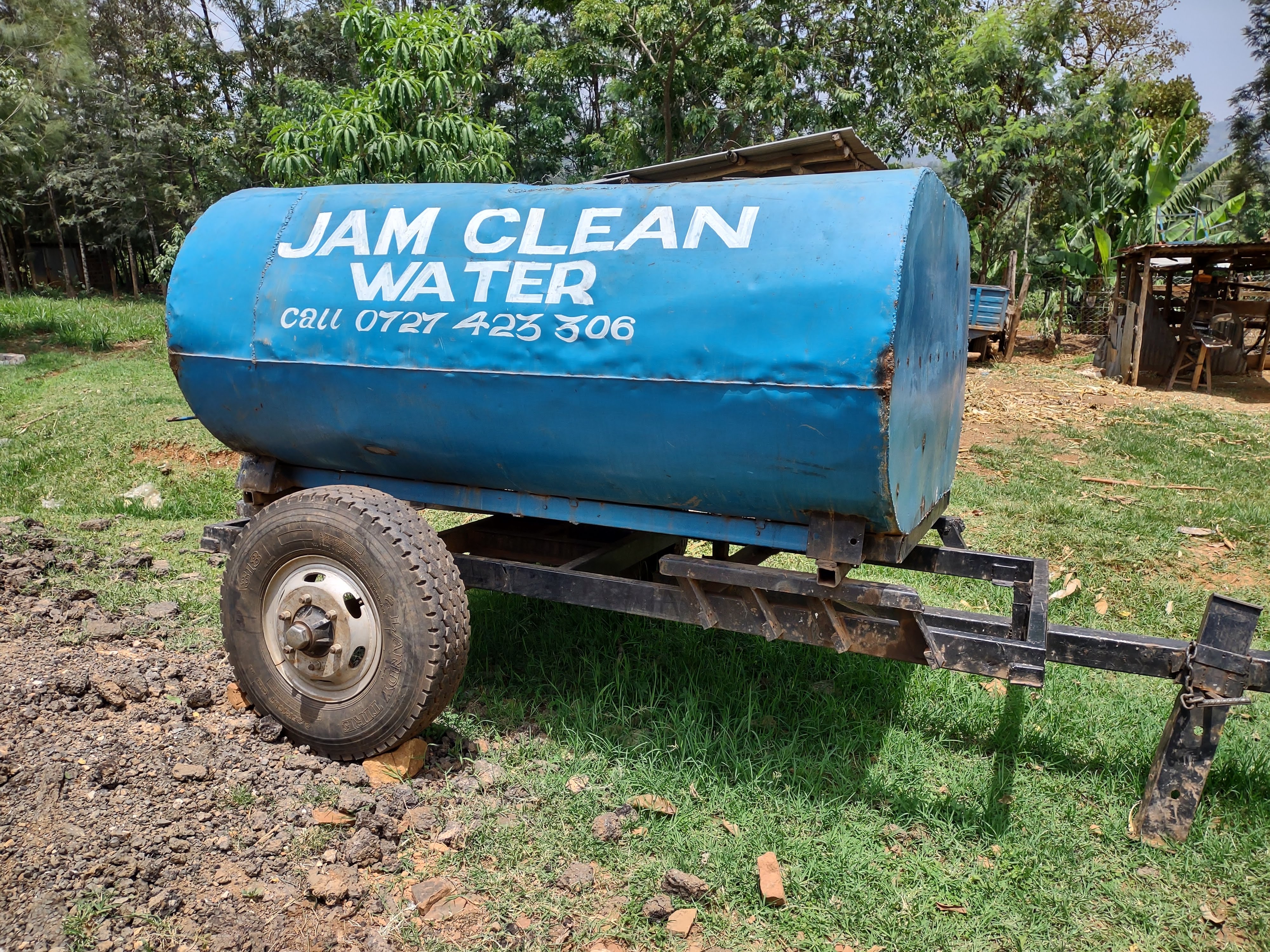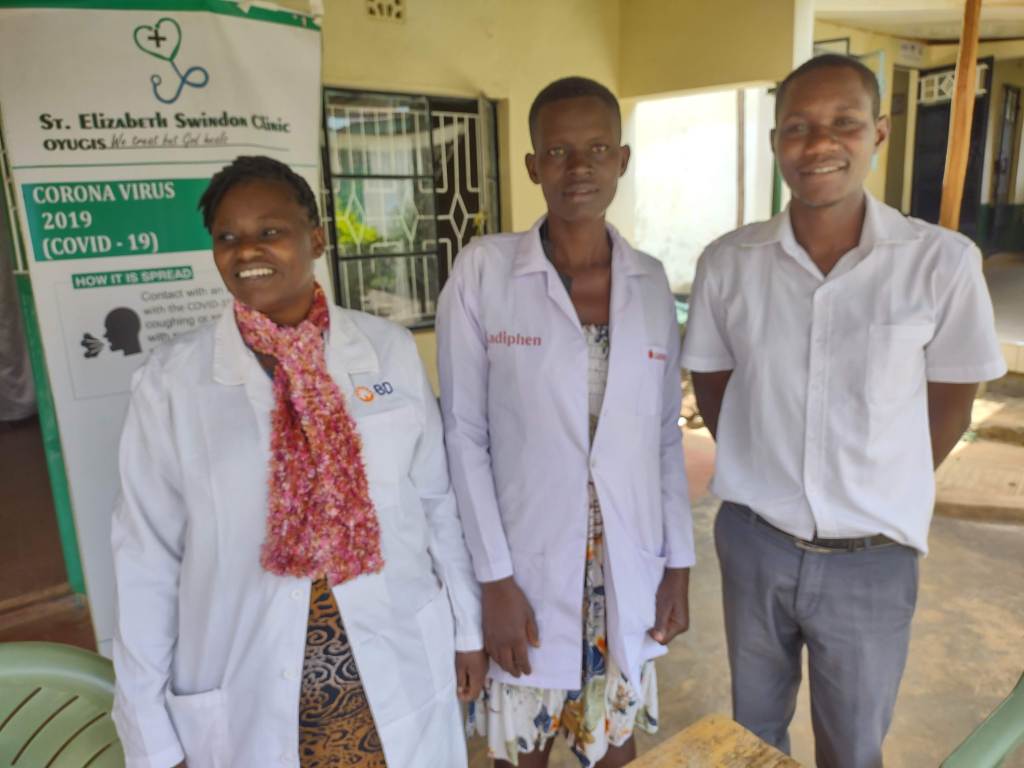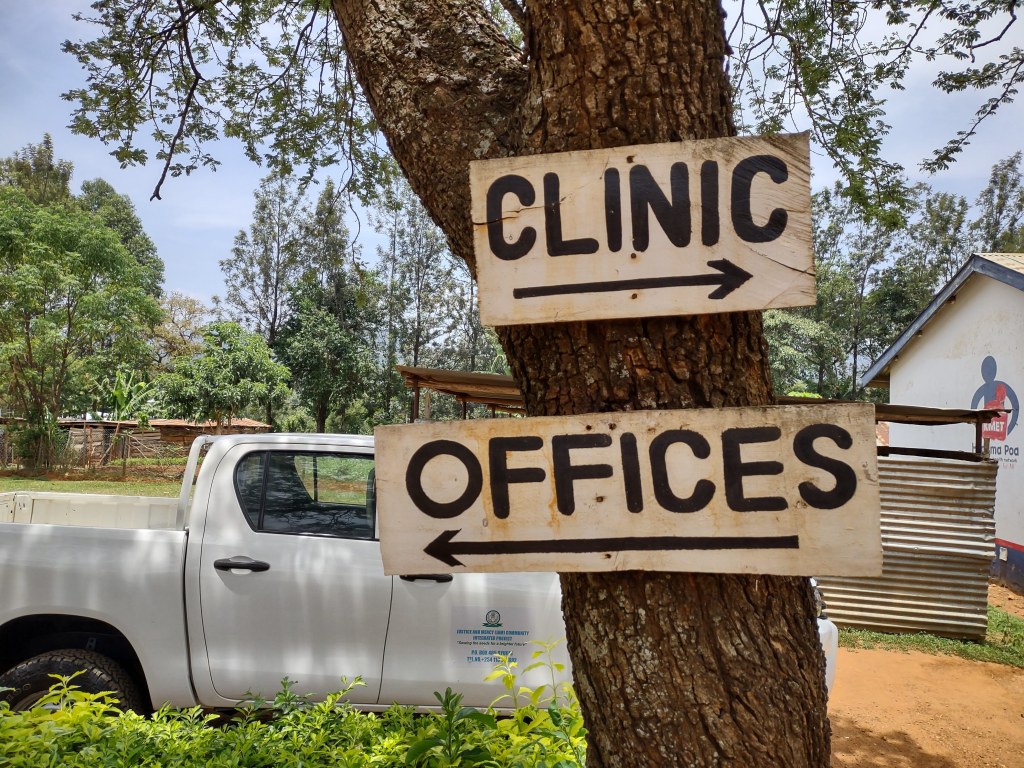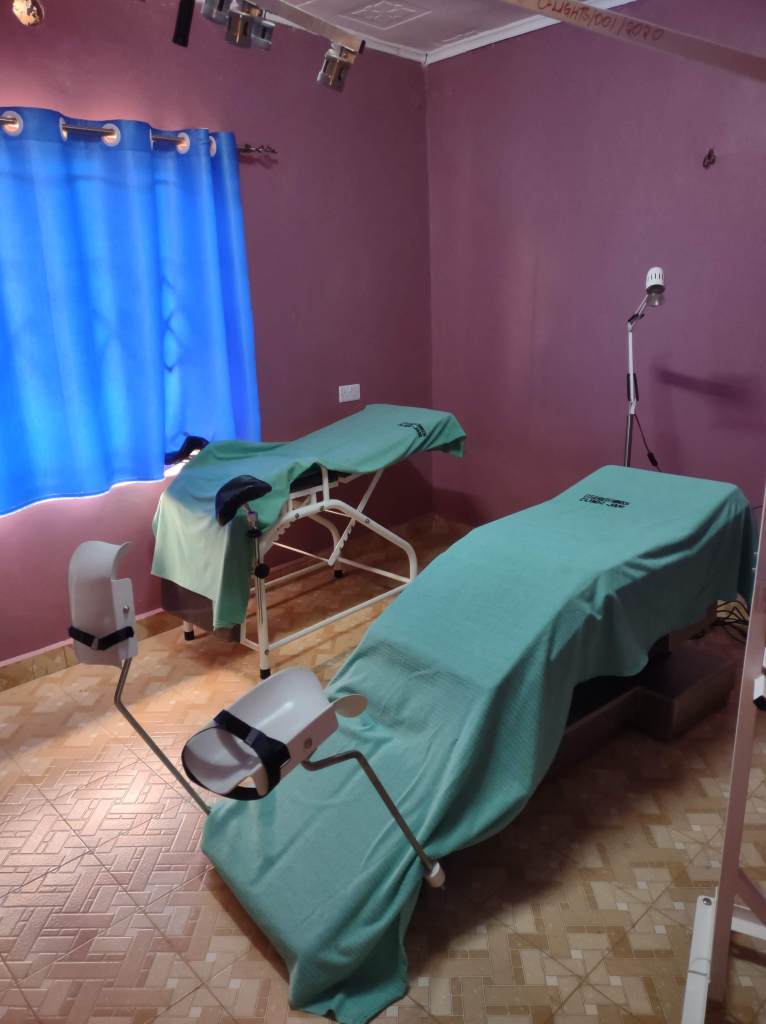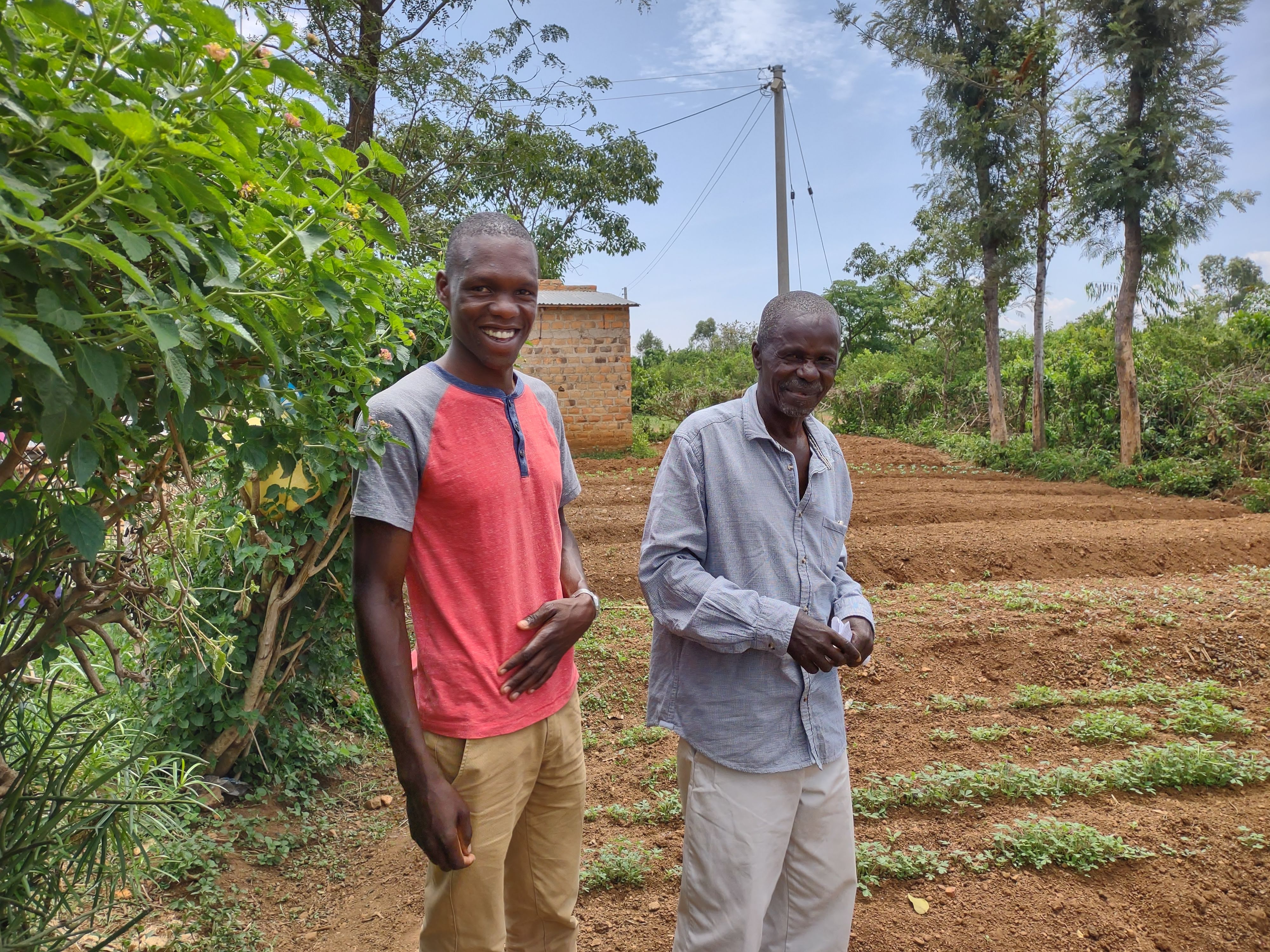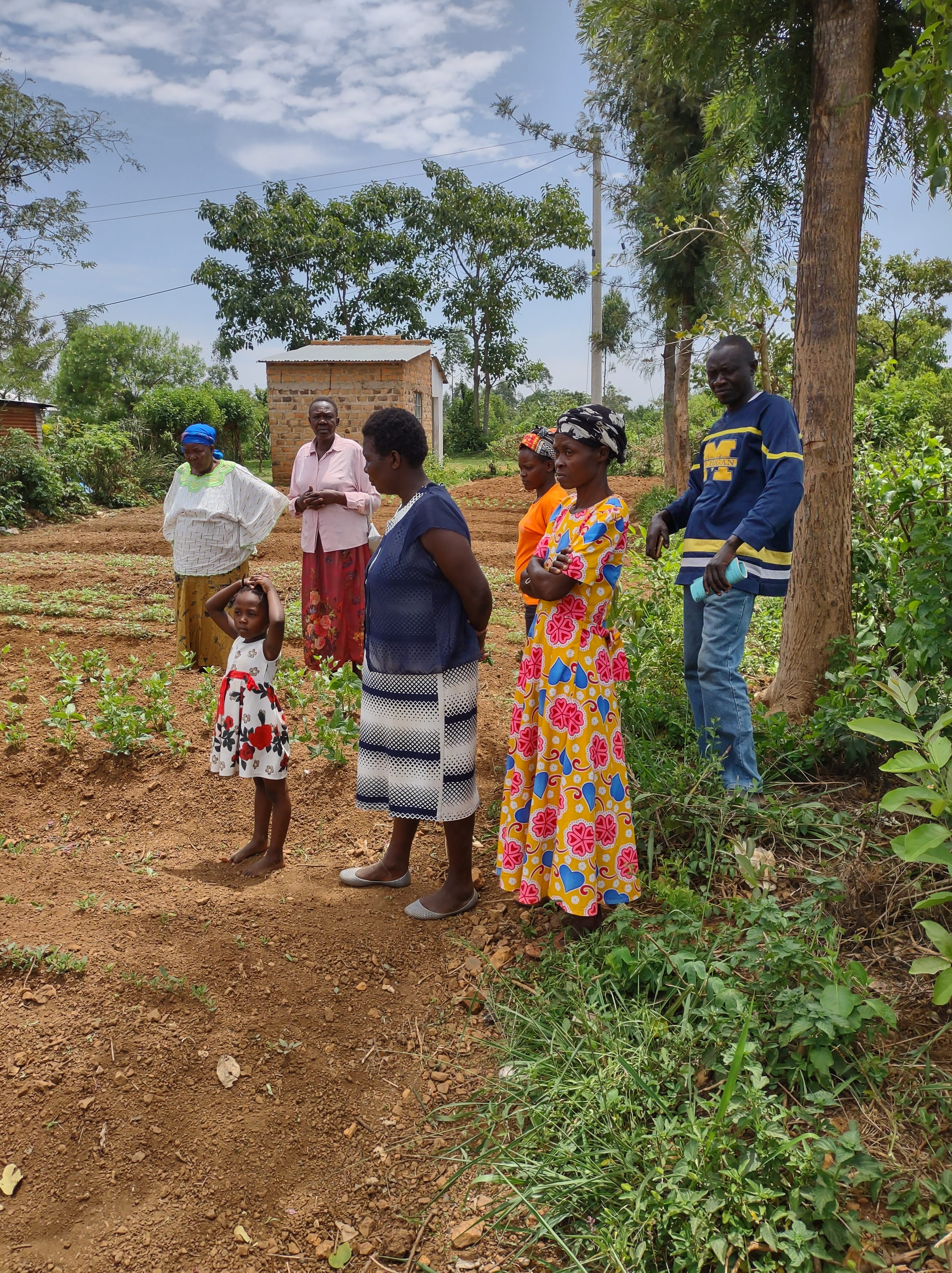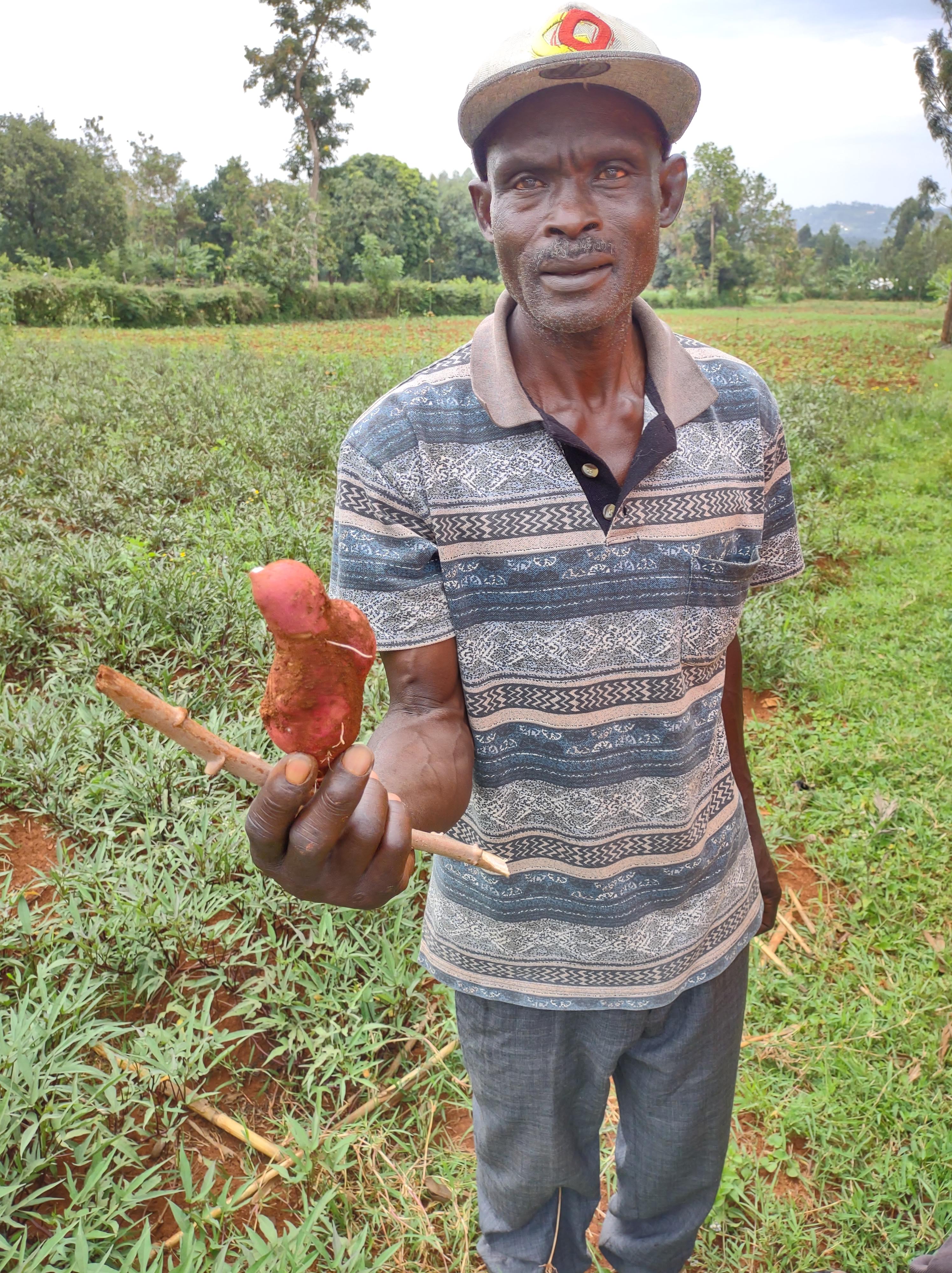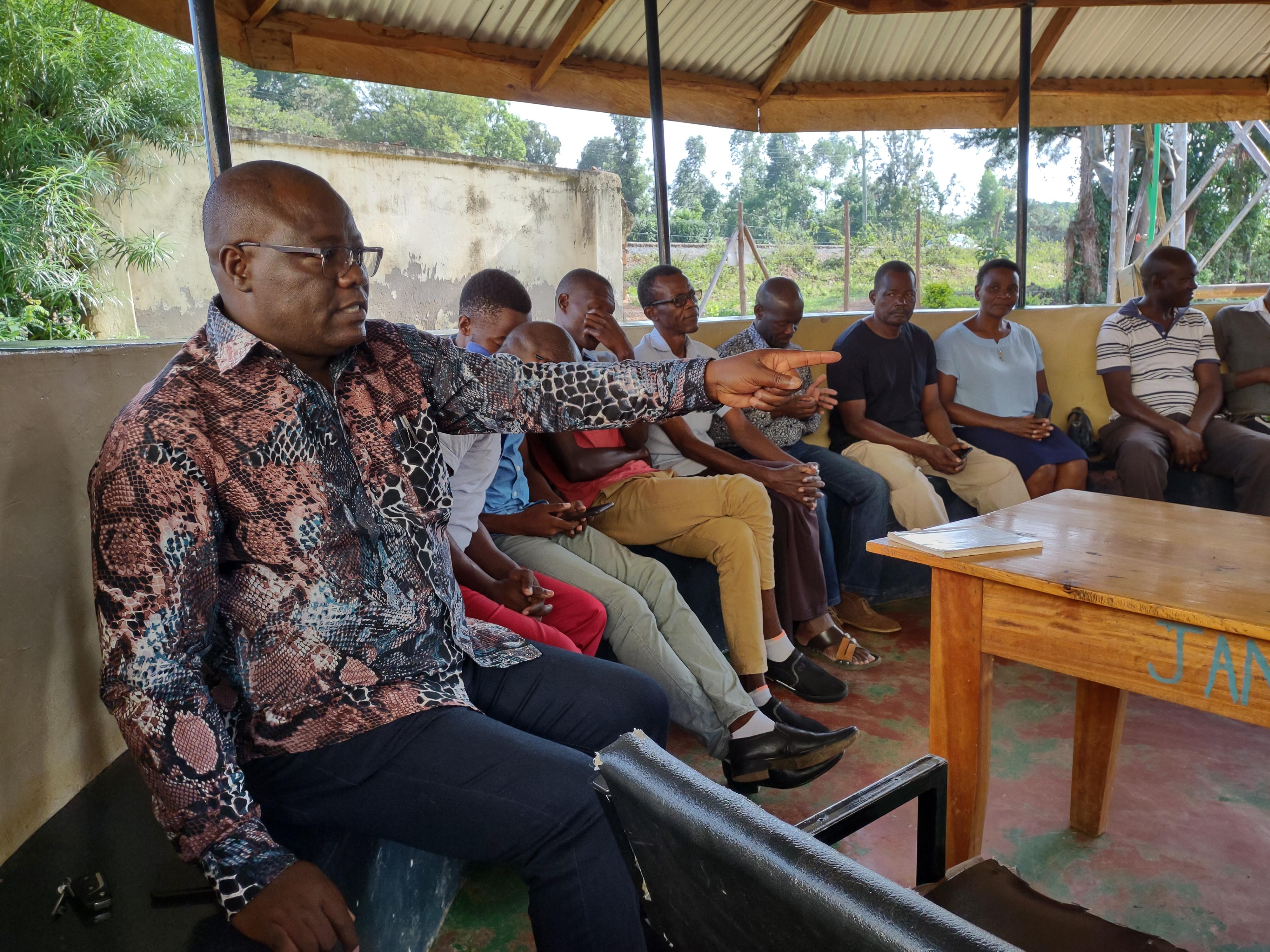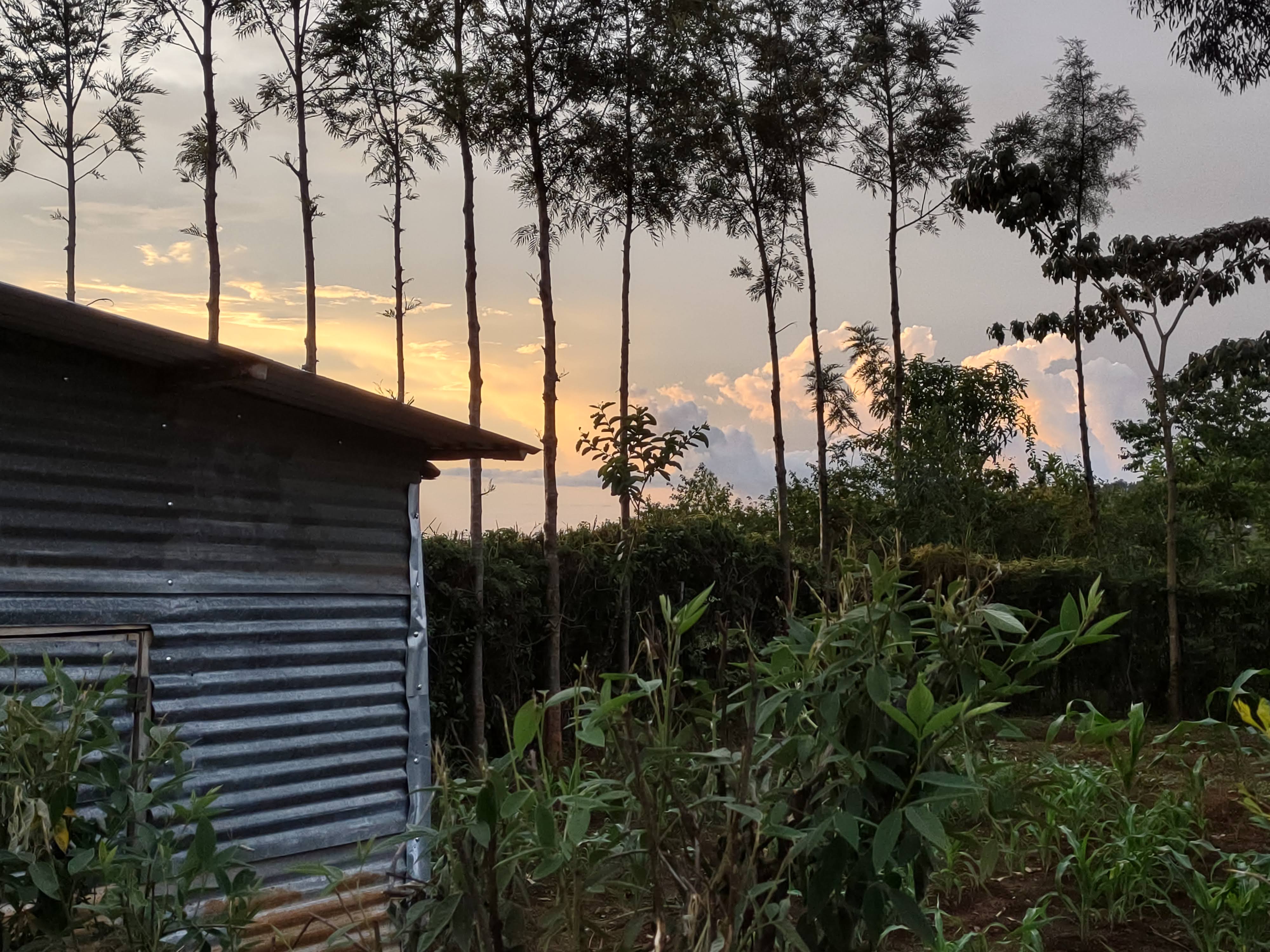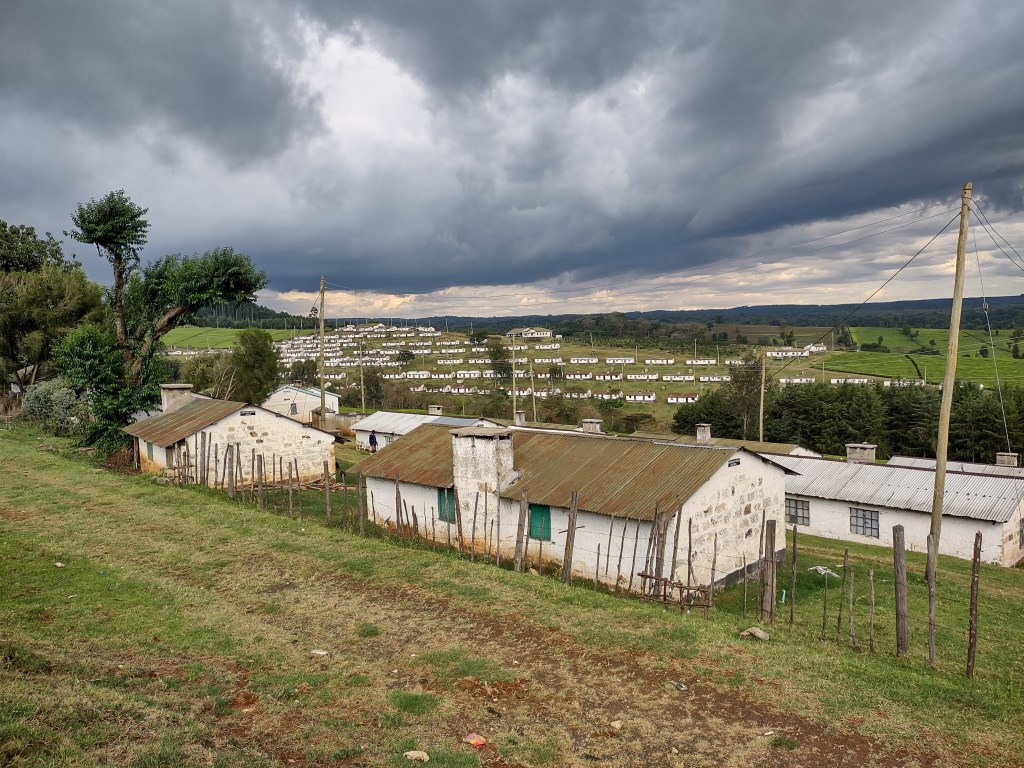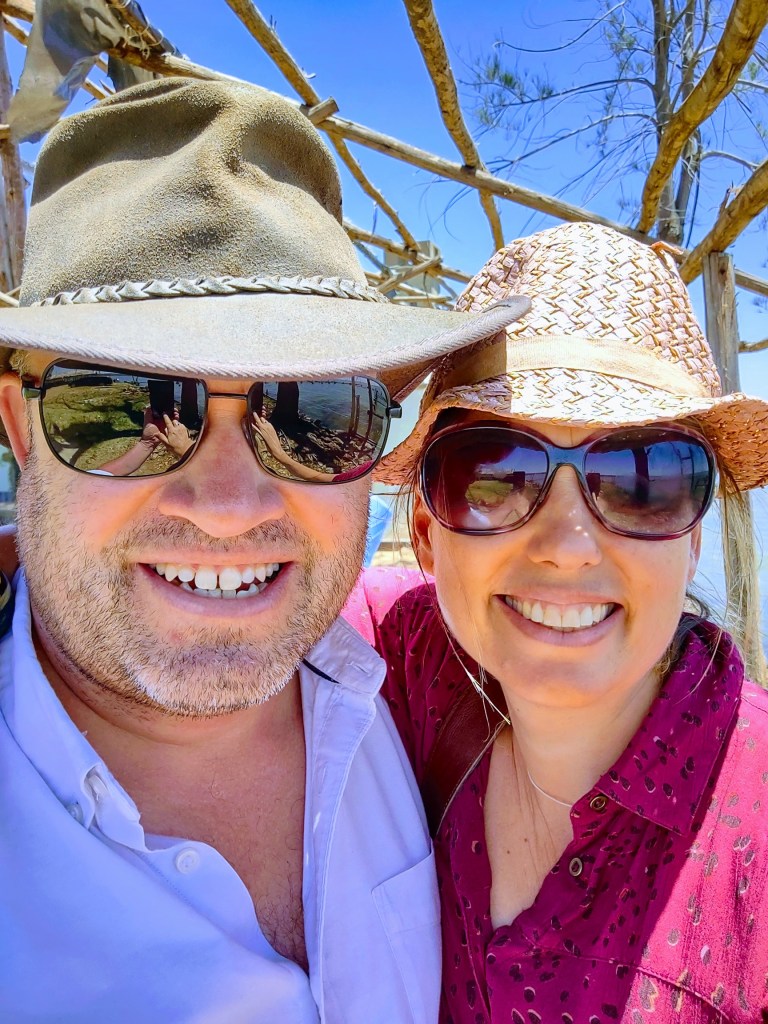I had indicated to my amiable host, Luciano, of Bed and Breakfast del Corso, that I was interested in wine tasting. And when I say that, I don’t just mean quaffing lots of wine but rather taking a more intellectual approach to this lovely activity. He directed me to Enoteca Ciccimonelli which is not just a very well stocked wine shop, but a very excellent restaurant too.
During my first visit the night before, I had met the owner and a young woman who I believe was his daughter, who served front of house. They told me that they are open as long as there are people around, but it had been a very quiet evening, so they were just locking up and about to go home. I promised them I would be back and I’m glad I did, as my visit the next day proved to be exceptional.
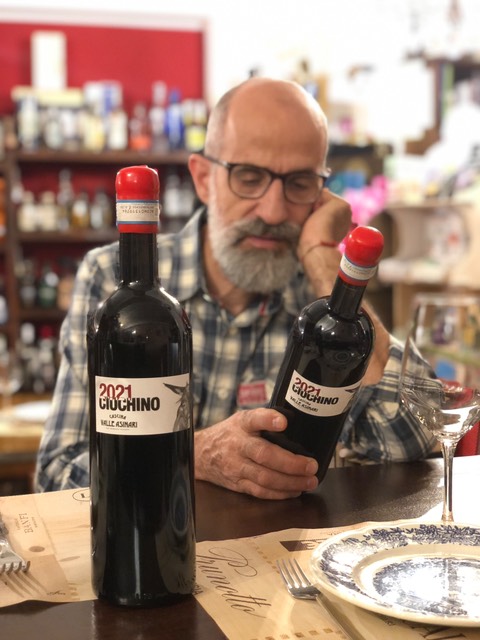
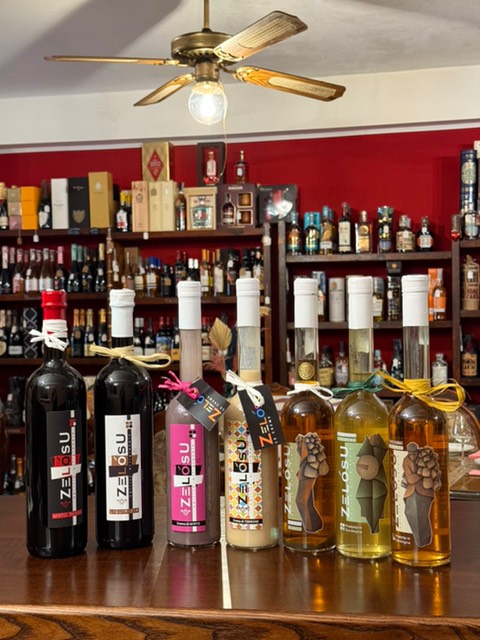
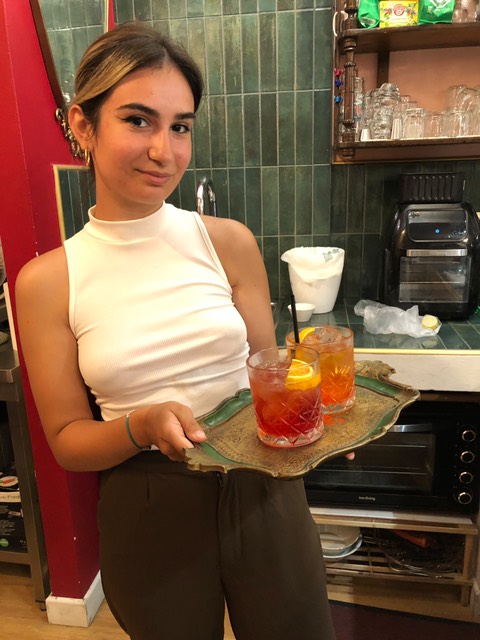


So, returning as planned, I readied myself for a superlative gastronomic journey. Having chosen a suitable outdoor seat and not wanting to waste a second, I ordered the sumptuous Seafood Platter whilst imbibing a glass of Cannonau, which had been poured into my beckoning glass. Cannonau is full bodied, luscious, bursting with mouth watering flavours and is undoubtedly the signature red on the island. I can now see why it is on sale at so many different restaurants, and it won’t cost you the earth either.
Chatting to the two waitresses at Ciccimonelli, one of them told me that she was earning money and wanted to get off the island to explore, study and work either on mainland Italy, Europe or somewhere around the world, because there is nothing really on Sardinia in terms of meaningful work. I began to understand that Sardinia may not be where the younger generation wants to remain long term, and I suspect that for these locals, the island could be viewed as geographically claustrophobic and limited in terms of opportunity.
Anyway, having quaffed and very much enjoyed my generous glass of Cannonau, this was followed by an aromatic Oristano, which was very golden in appearance like a dessert wine, but dry in taste. I sampled numerous wines during the evening, and each one was unpacked and explained to me very informatively. The two young women served me very ably and professionally and were obviously very well informed having been trained well by the restaurant owner I would imagine. The whole evening felt stylish and professional, and the evening concluded with a dessert wine to compliment the final, inevitable course on the menu.
My evening of quiet contemplation and enjoyment was then interrupted by the unpredictable Mediterranean weather, as lightning suddenly flashed across the night sky accompanied by a deep and ominous rumble of thunder. Two guys who were also eating outside then rushed into the restaurant to avoid the deluge of rain now falling from the sky. Having been to India numerous times, the ferocious downpour was slightly reminiscent of many monsoons I have witnessed over the years.


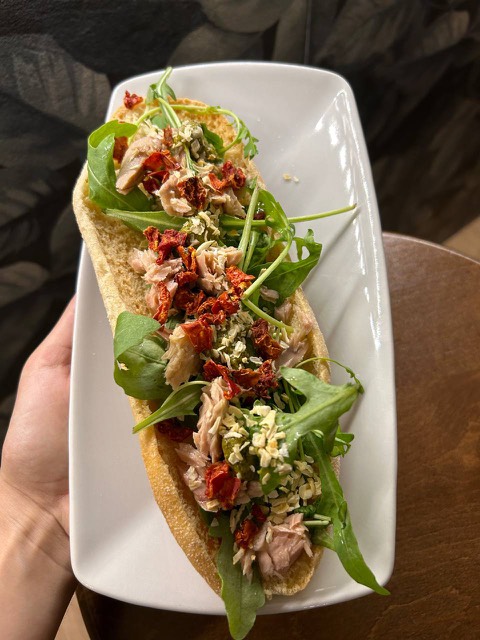
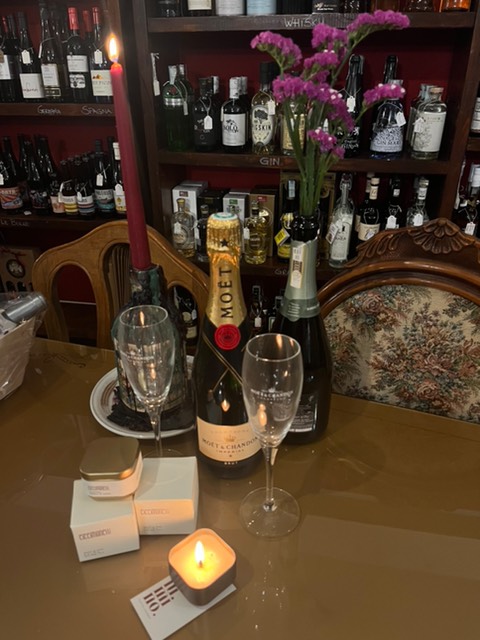
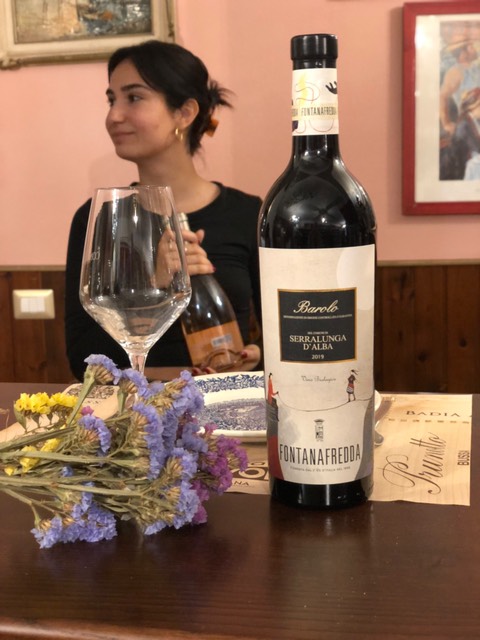

Almost immediately, the air began cooling, and rivulets of water washed down over the cobbled street from the persistent, heavy rain. I was sat under a huge umbrella and was enjoying being splashed gently by rain. The waitress asked me if I wanted to go inside too but I declined as I was still very much enjoying the alfresco dining experience, savouring delicious food eaten in the rain, albeit under a large canopy.
I eventually retired to the inside of Enoteca Ciccimonelli and ordered another drink. The shop was a veritable Aladdin’s cave, selling lots of lovely produce, including some locally made nougat! Well, I bought a delicious chunk of that, and having paid my bill, I left. When I got back to my apartment, I tore off the wrapper, and I was not disappointed with my local sweet treat.
In summary, Enoteca Ciccimonelli was a fabulous dining experience, and I would 100% recommend it. You will enjoy fabulous, local produce and receive the highest standards of service, and you really can’t ask for more than that, can you?
***All photos, except main header, courtesy of Enoteca Ciccimonelli***

